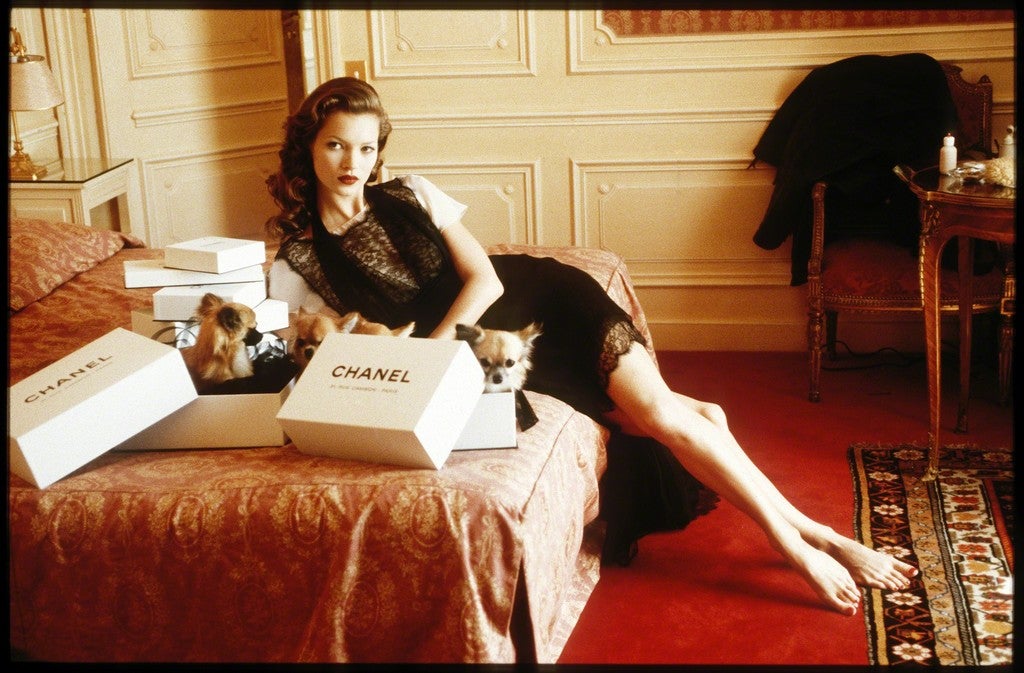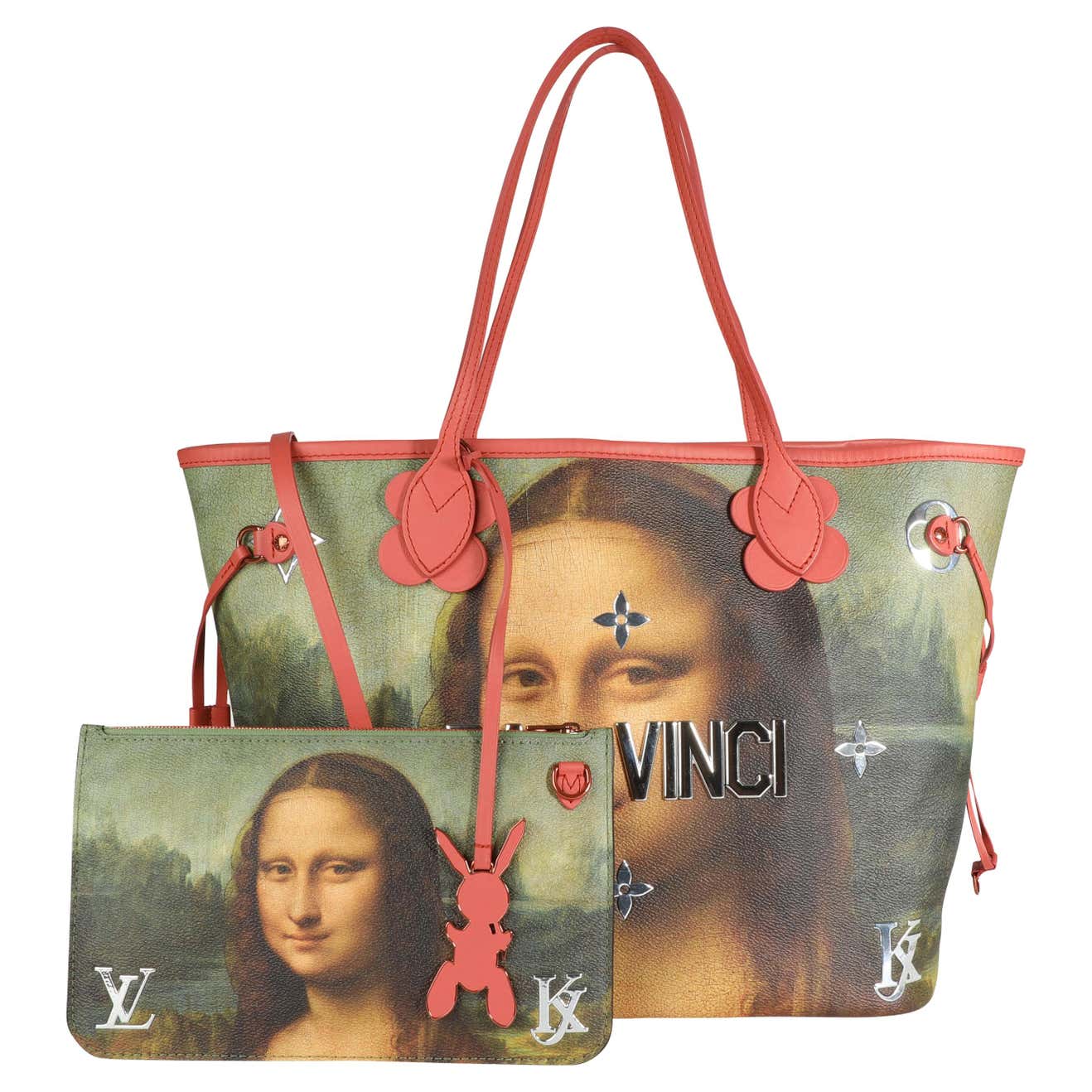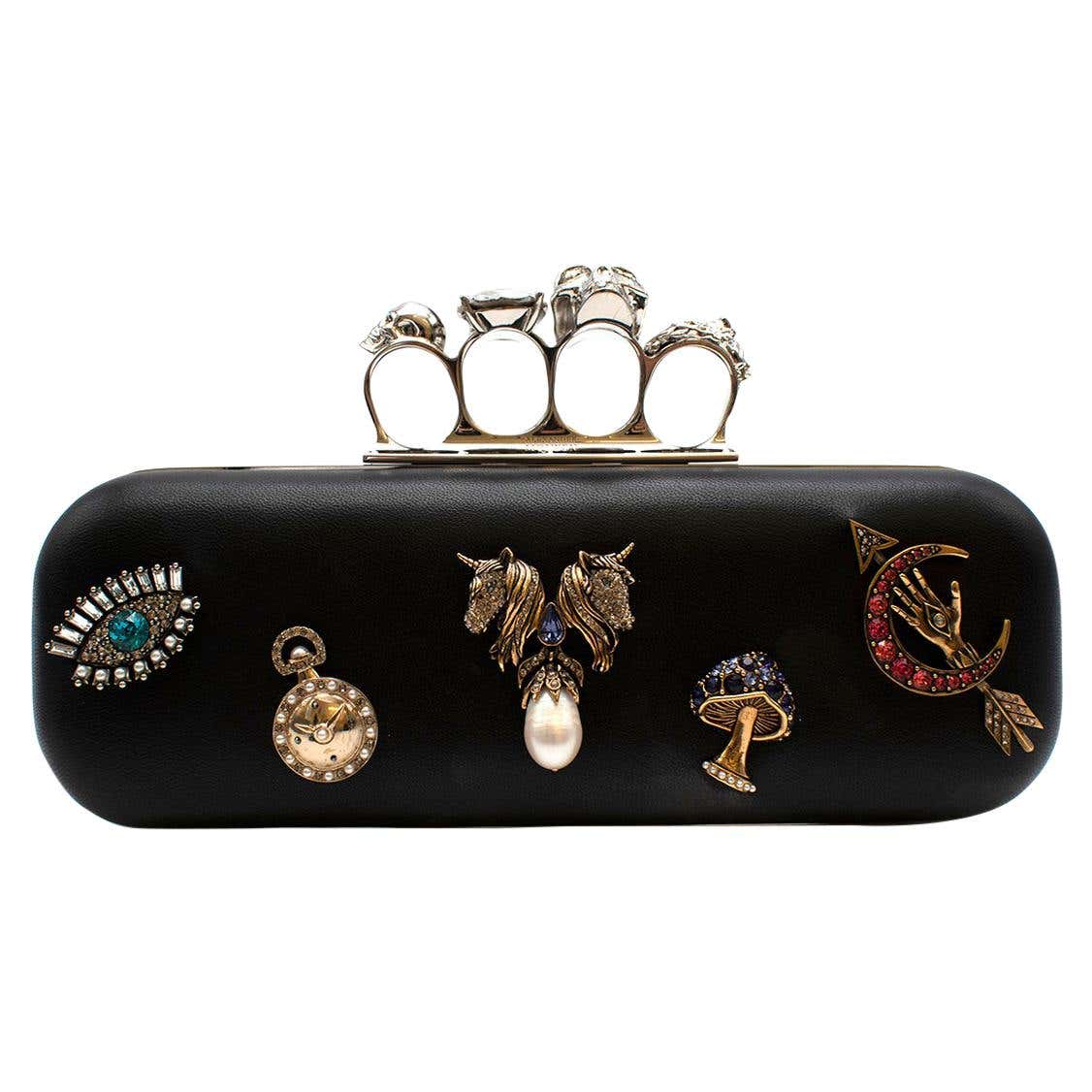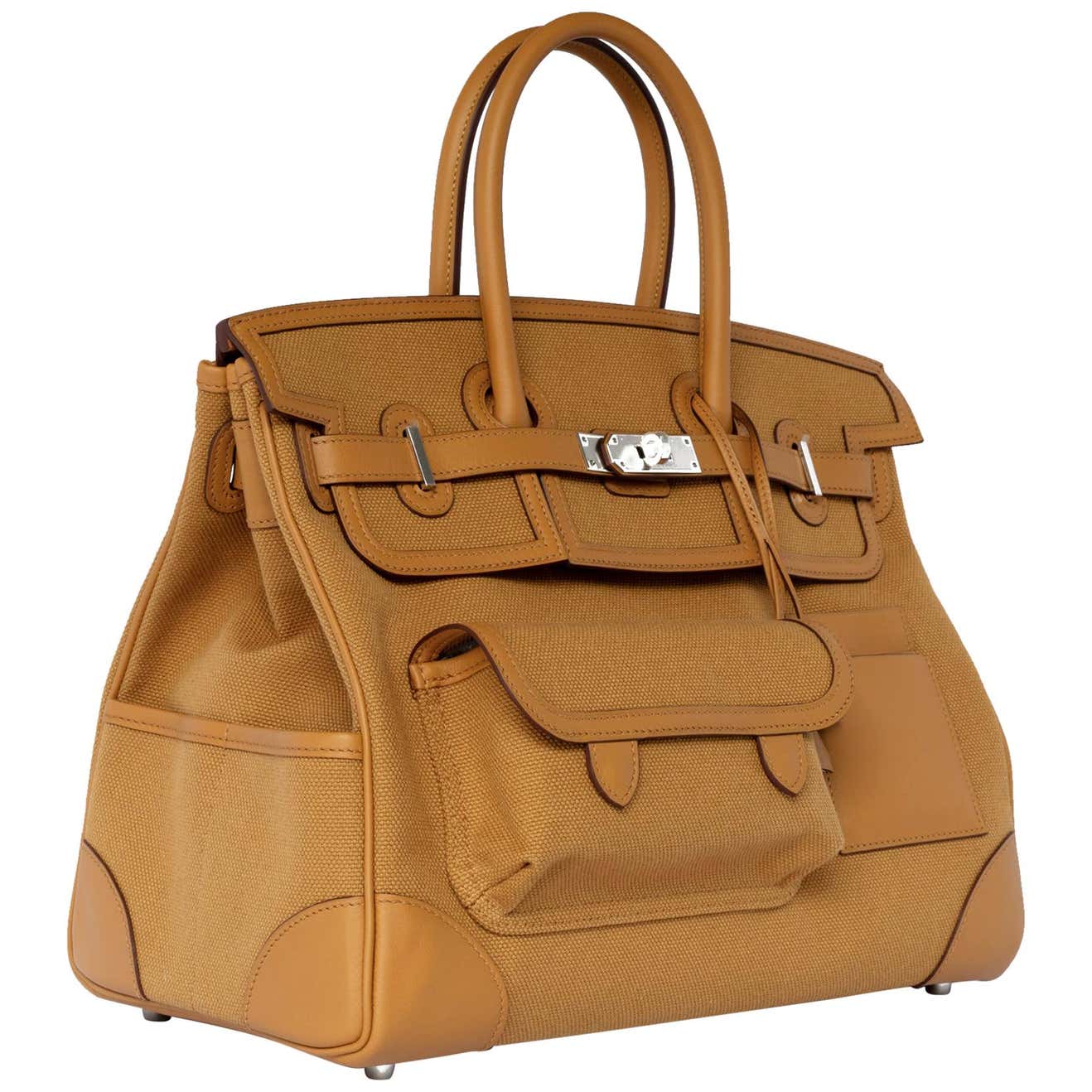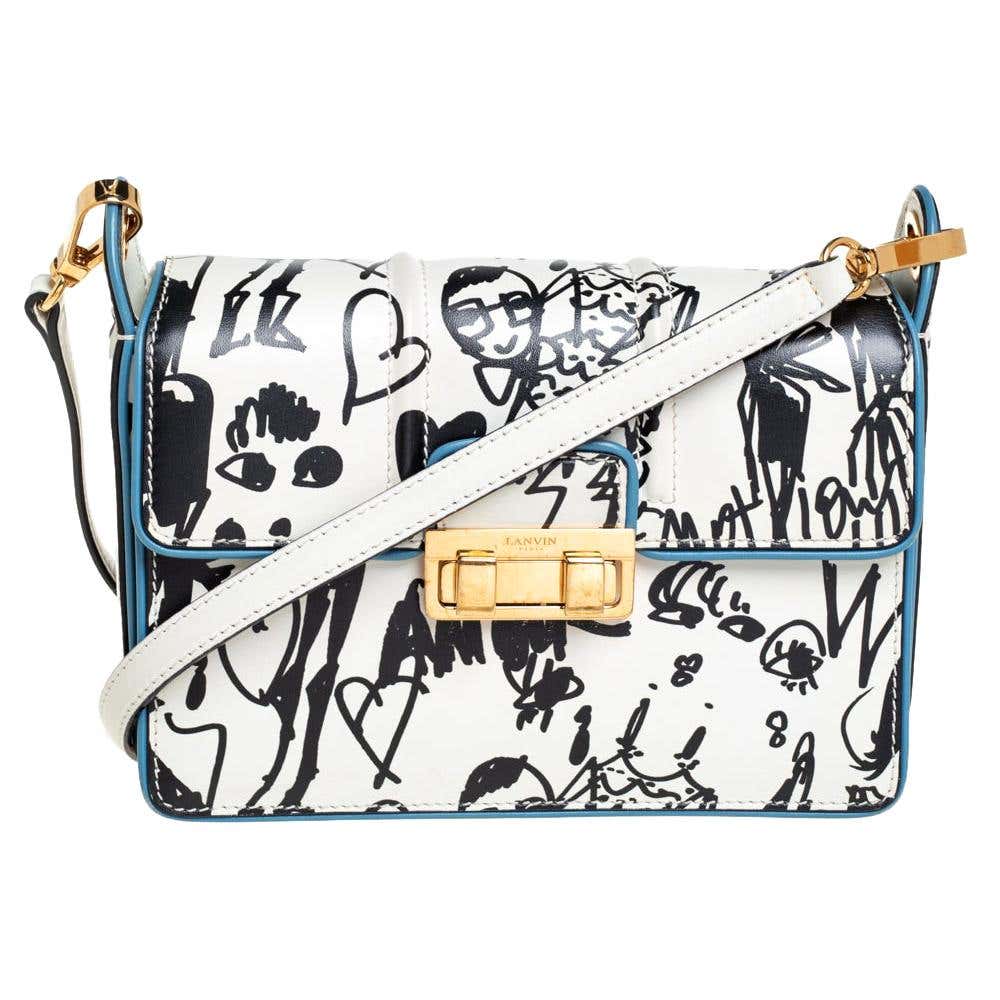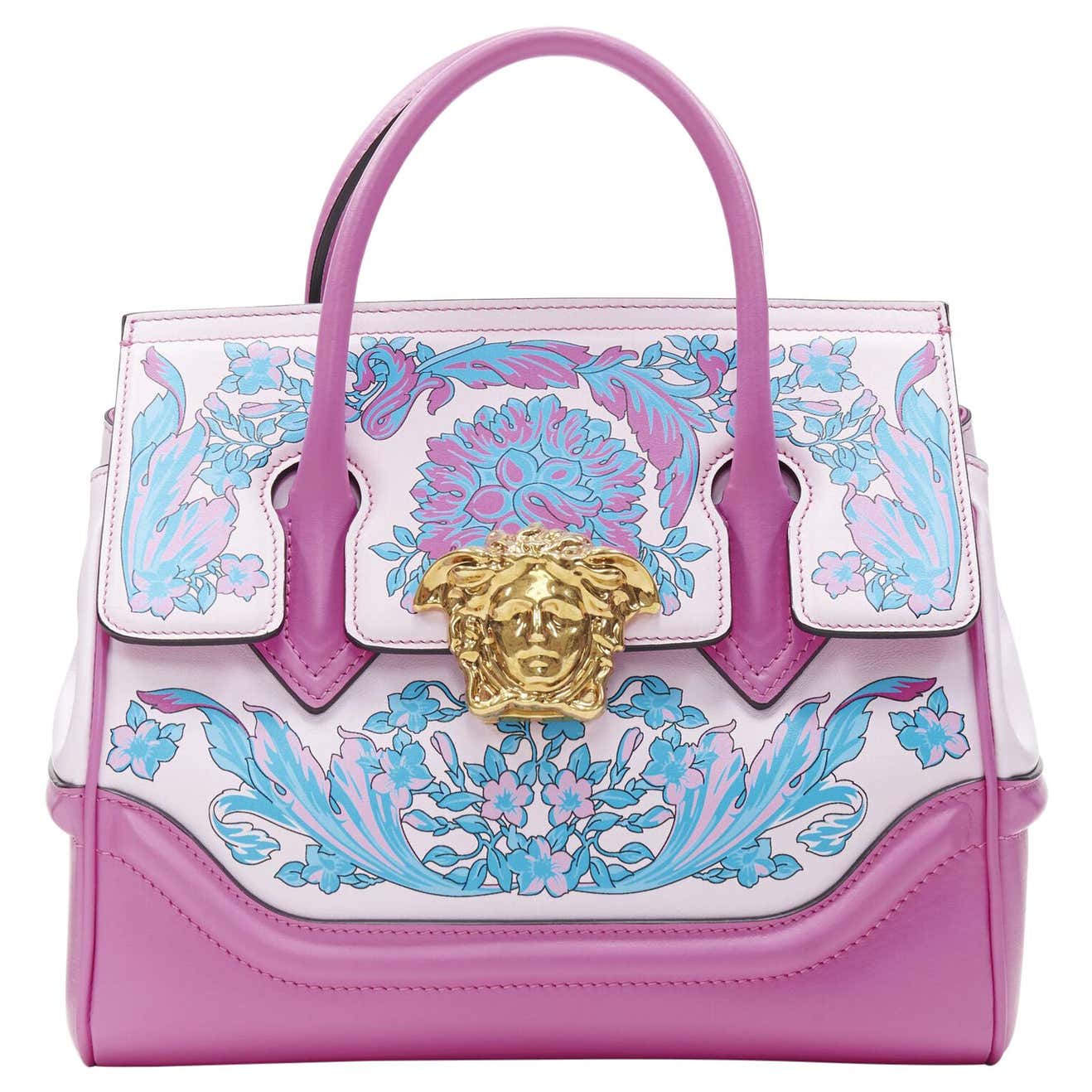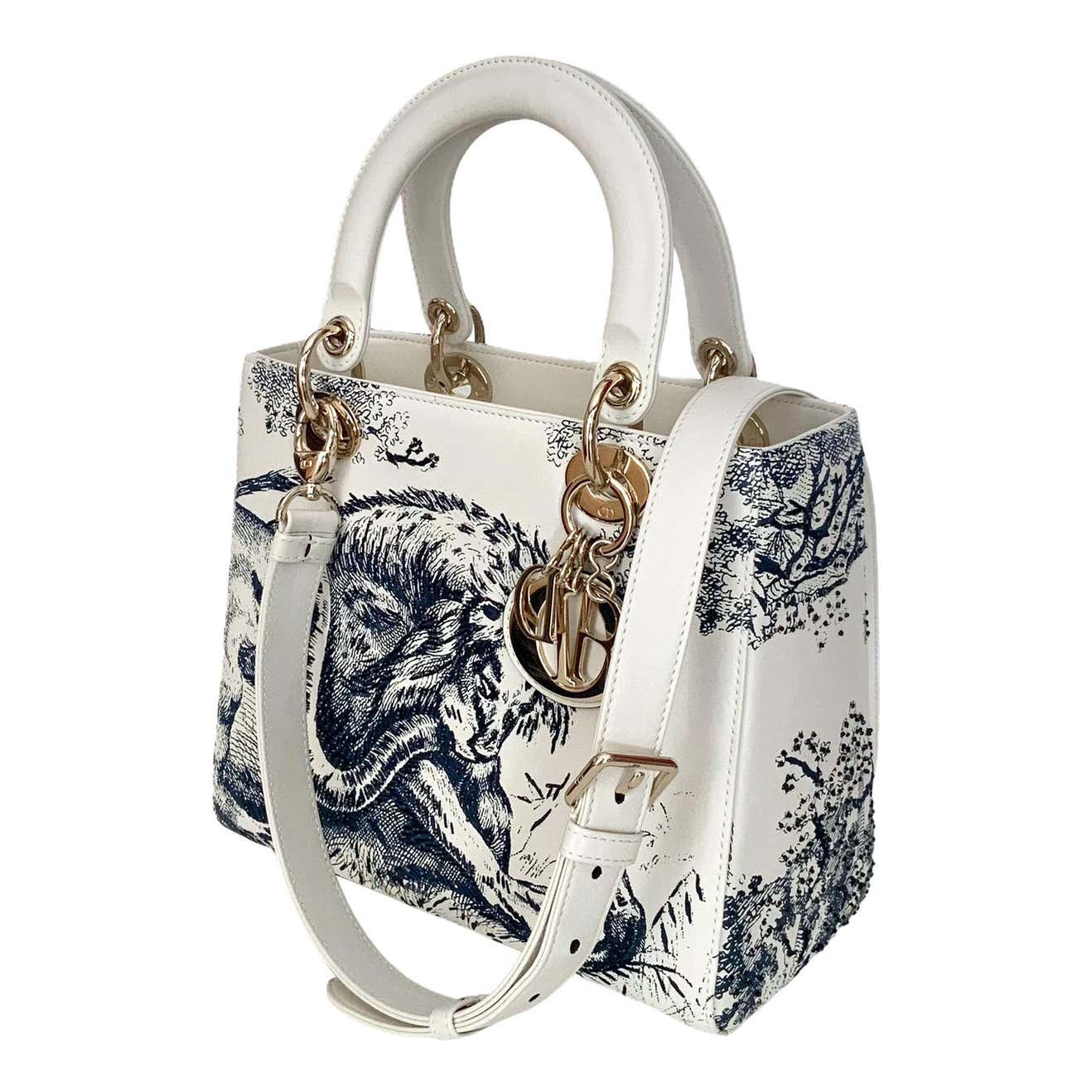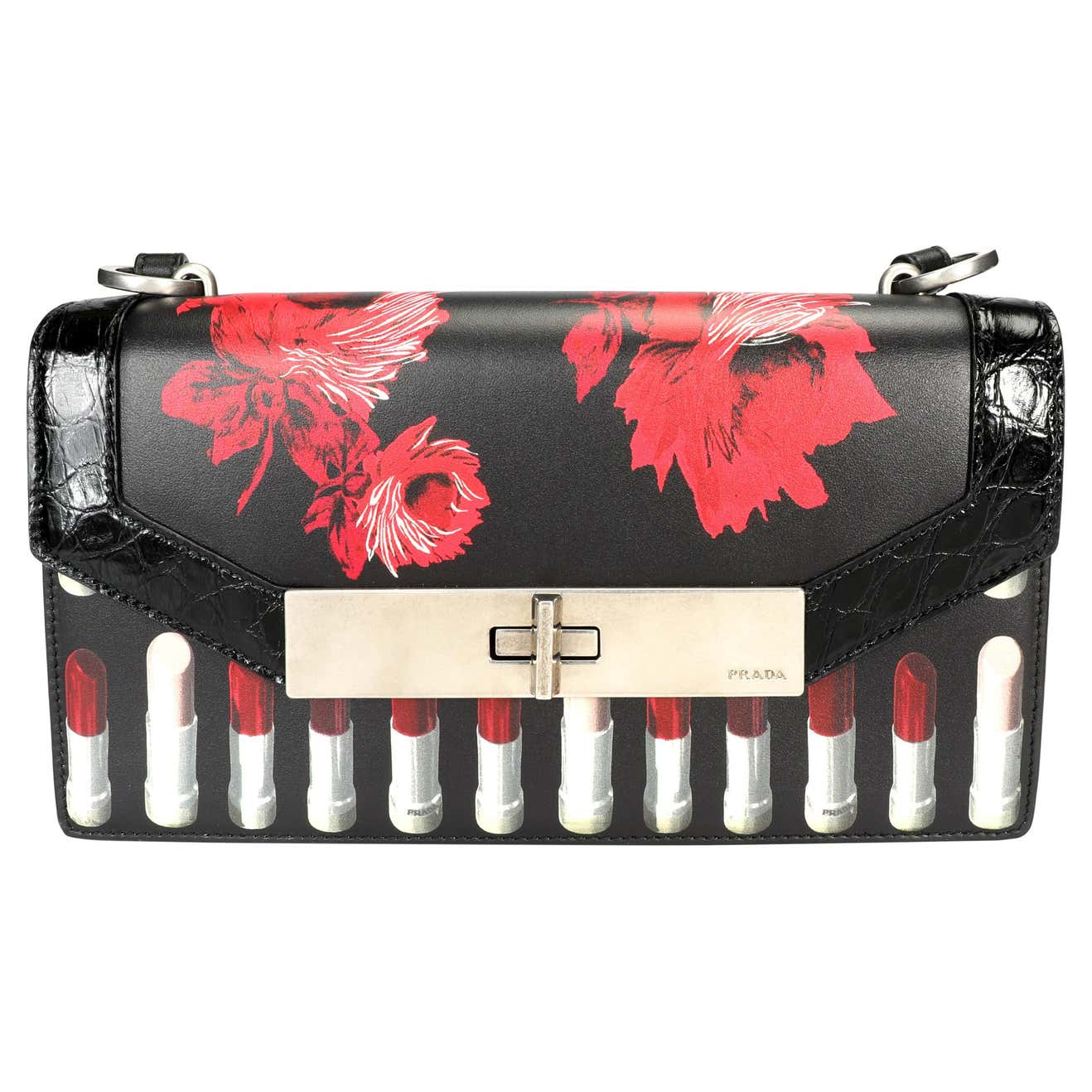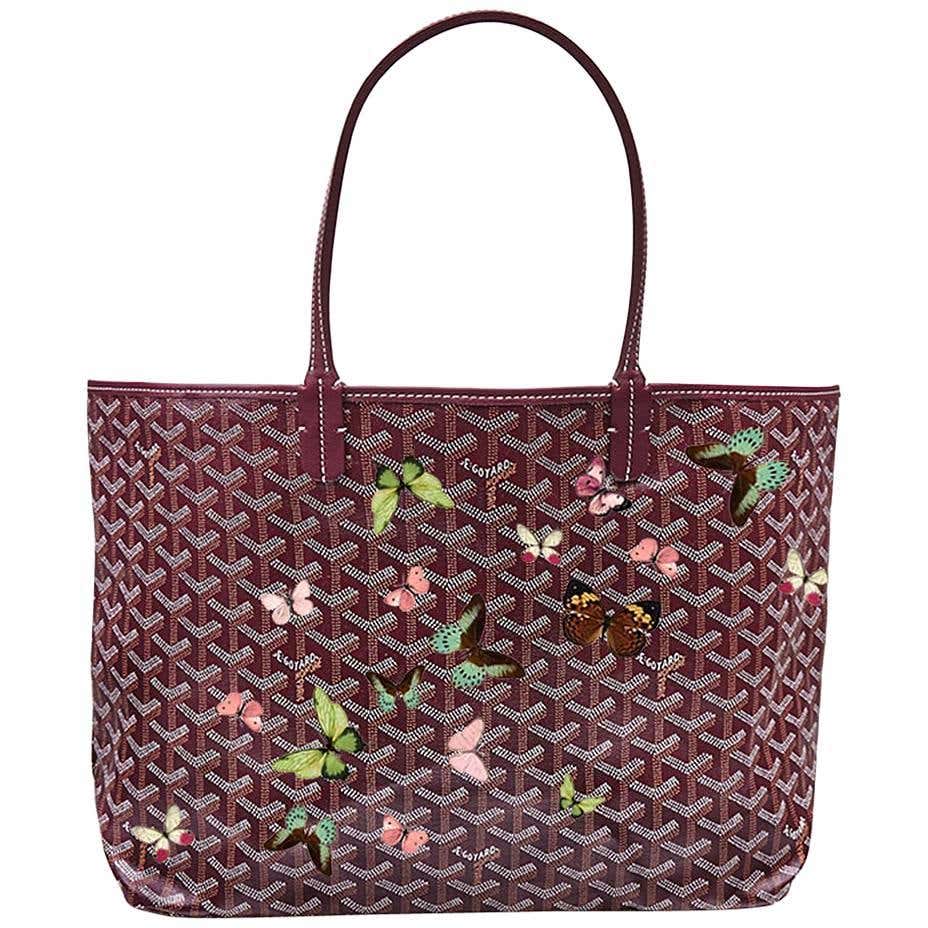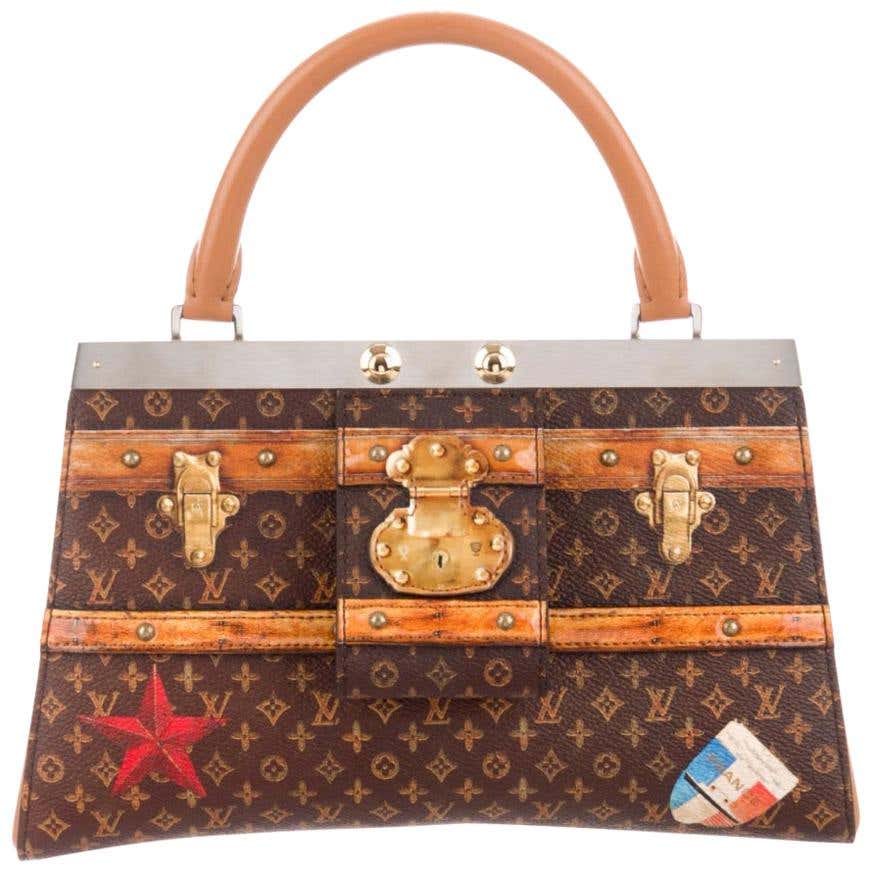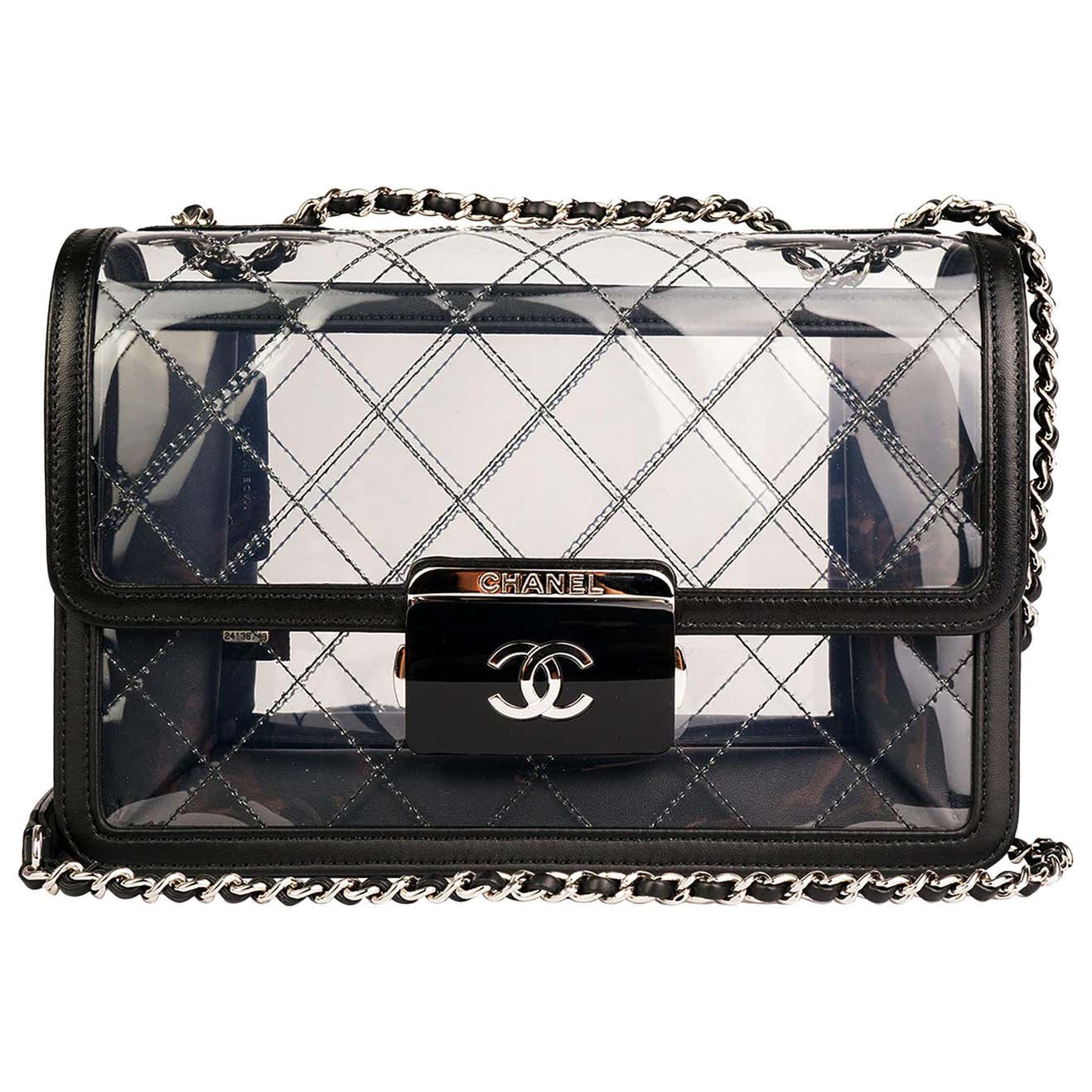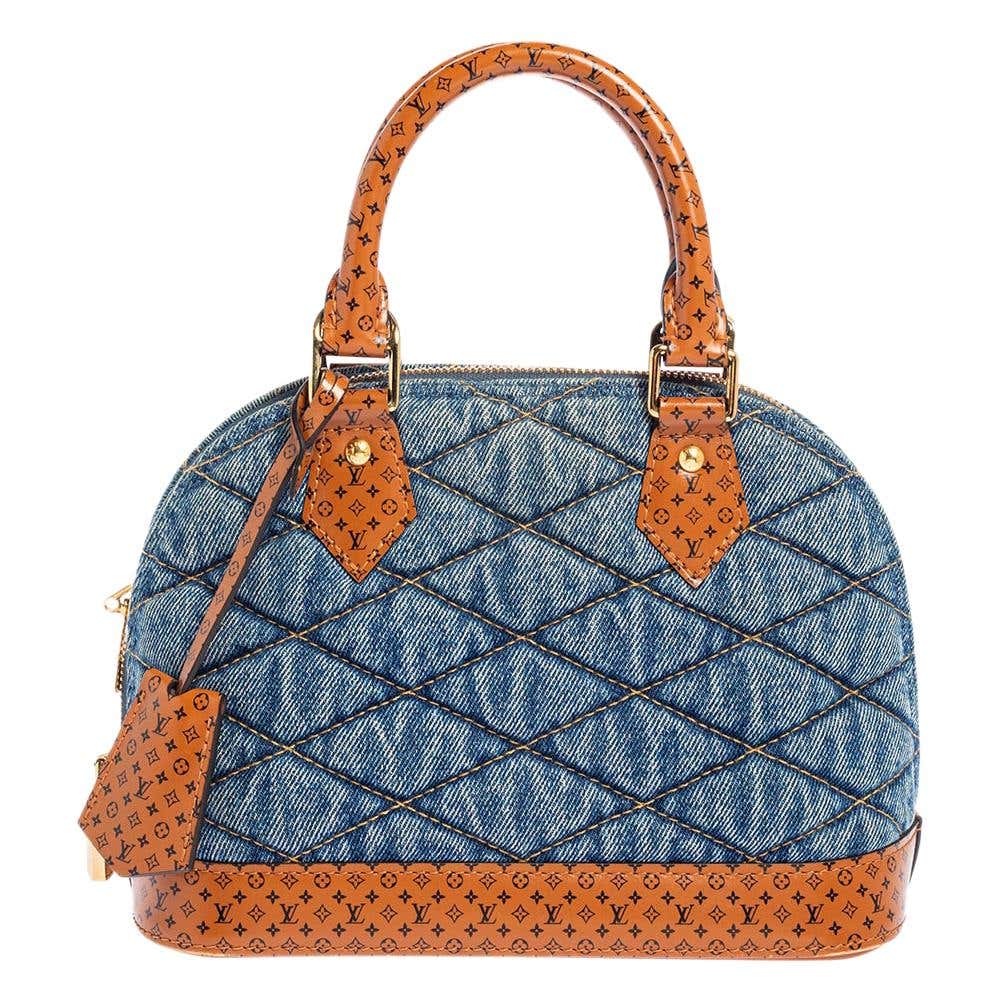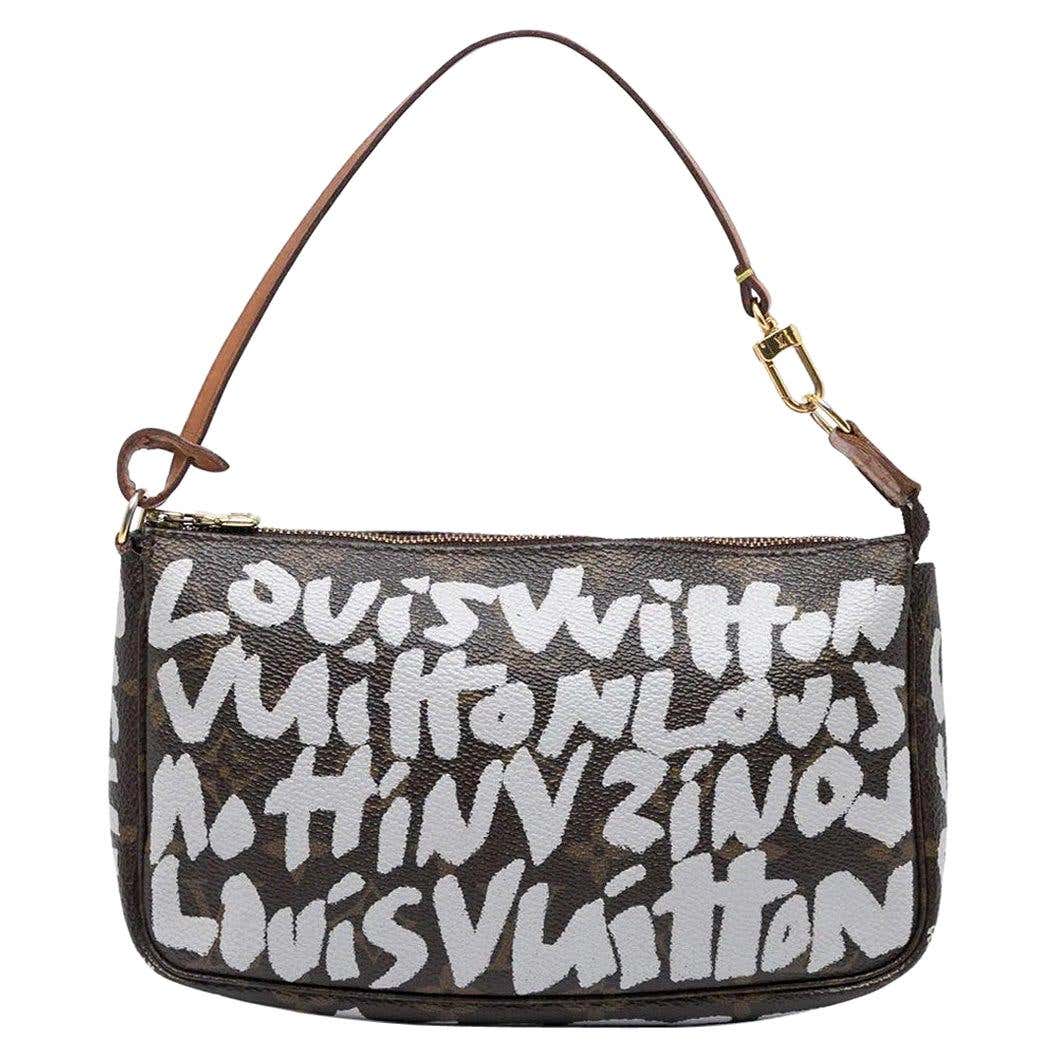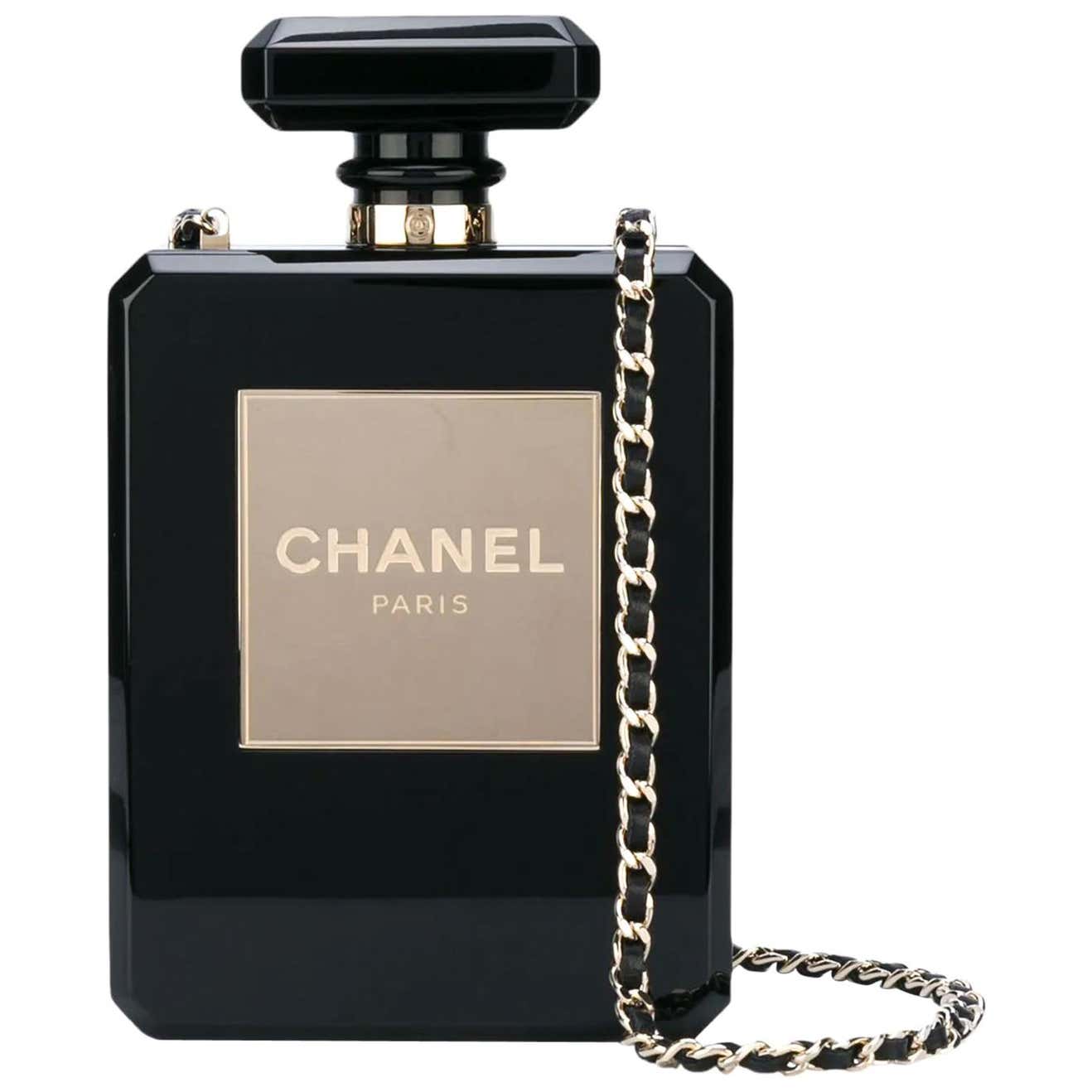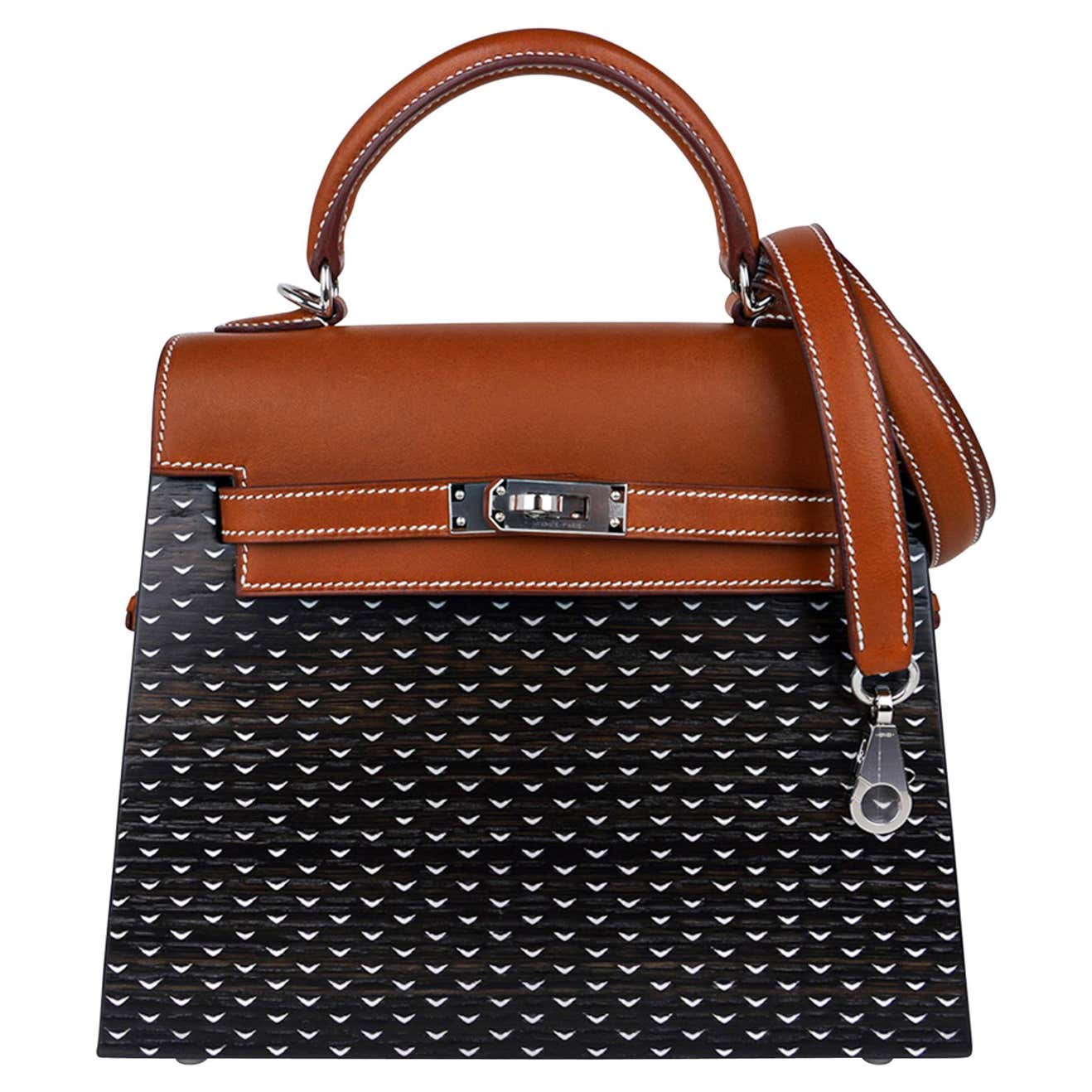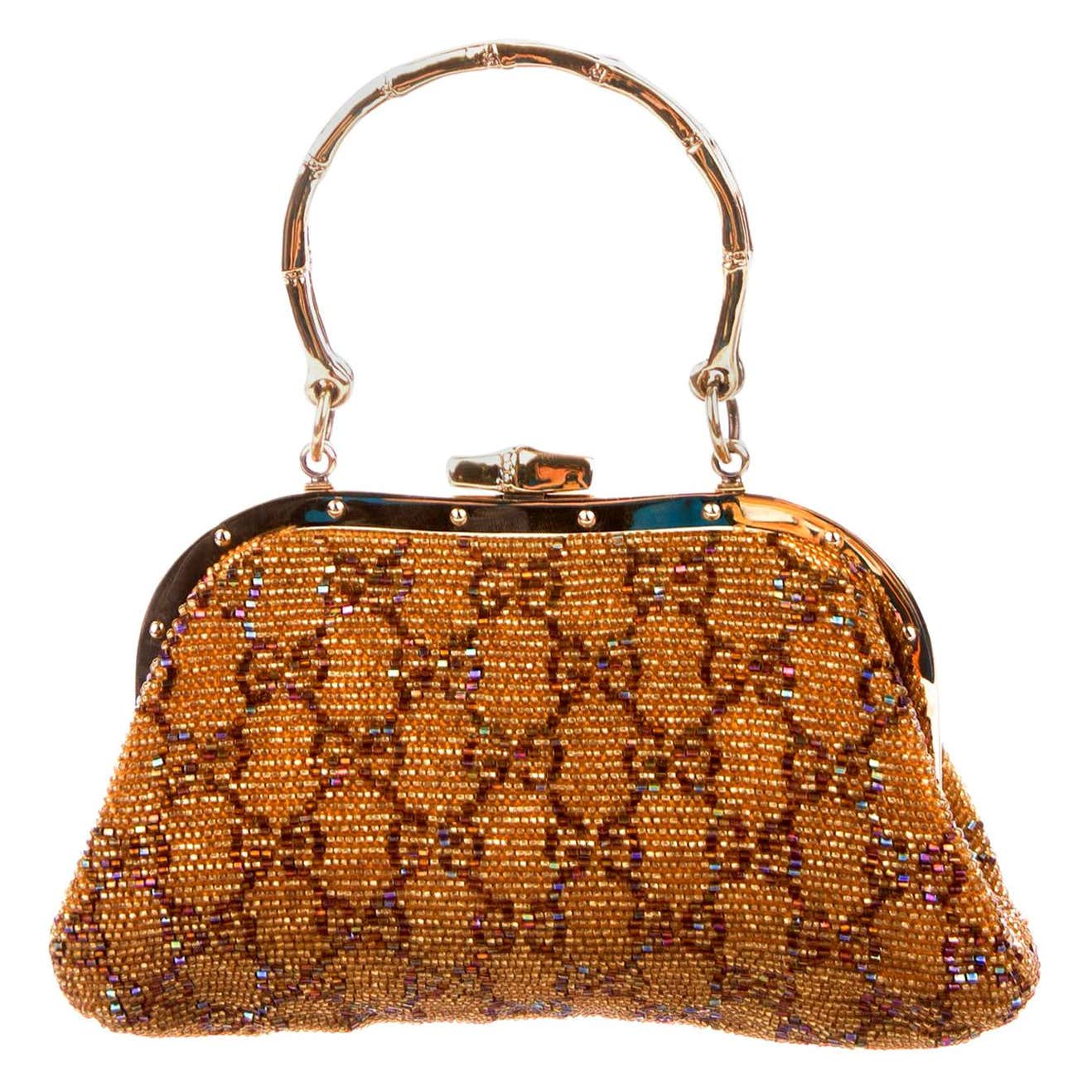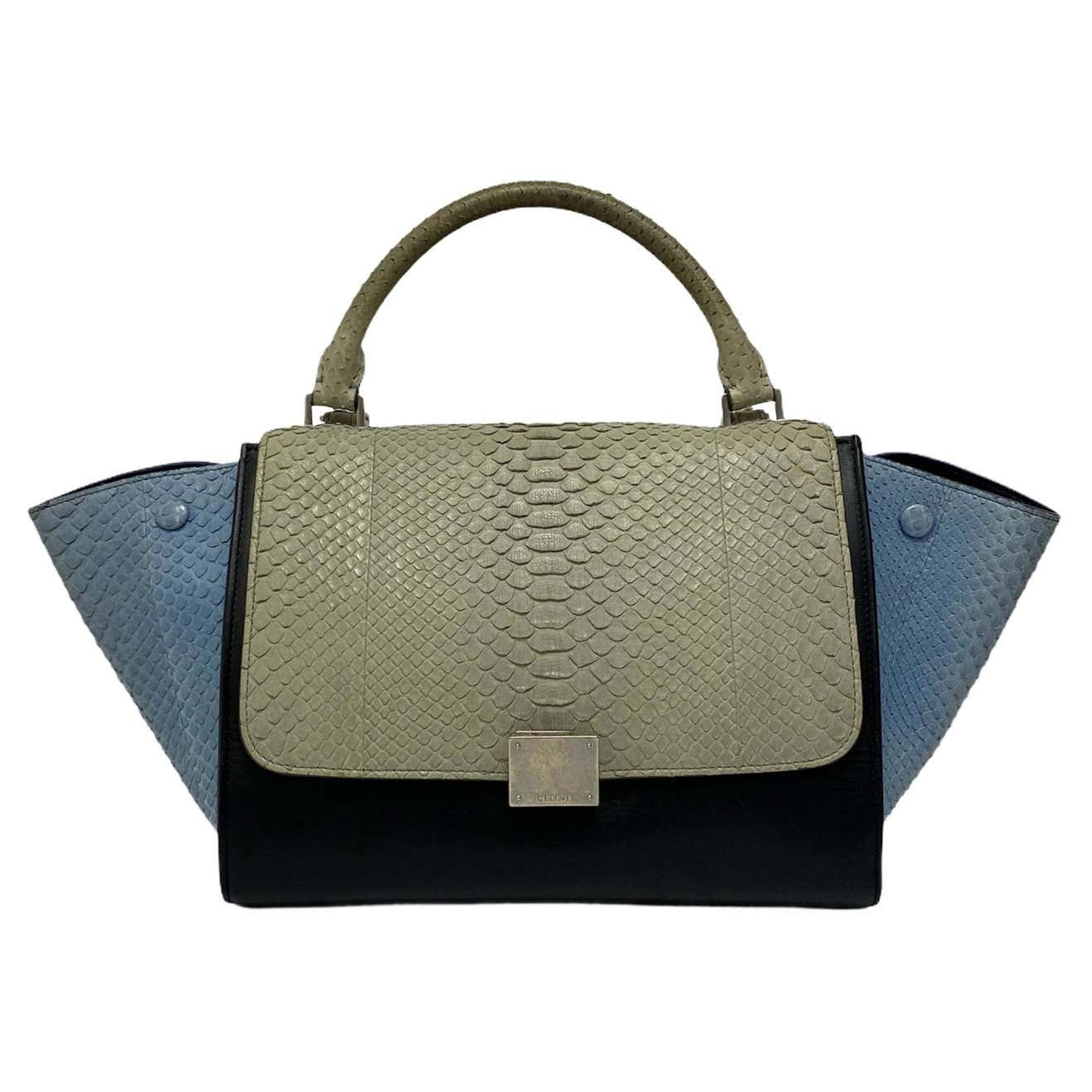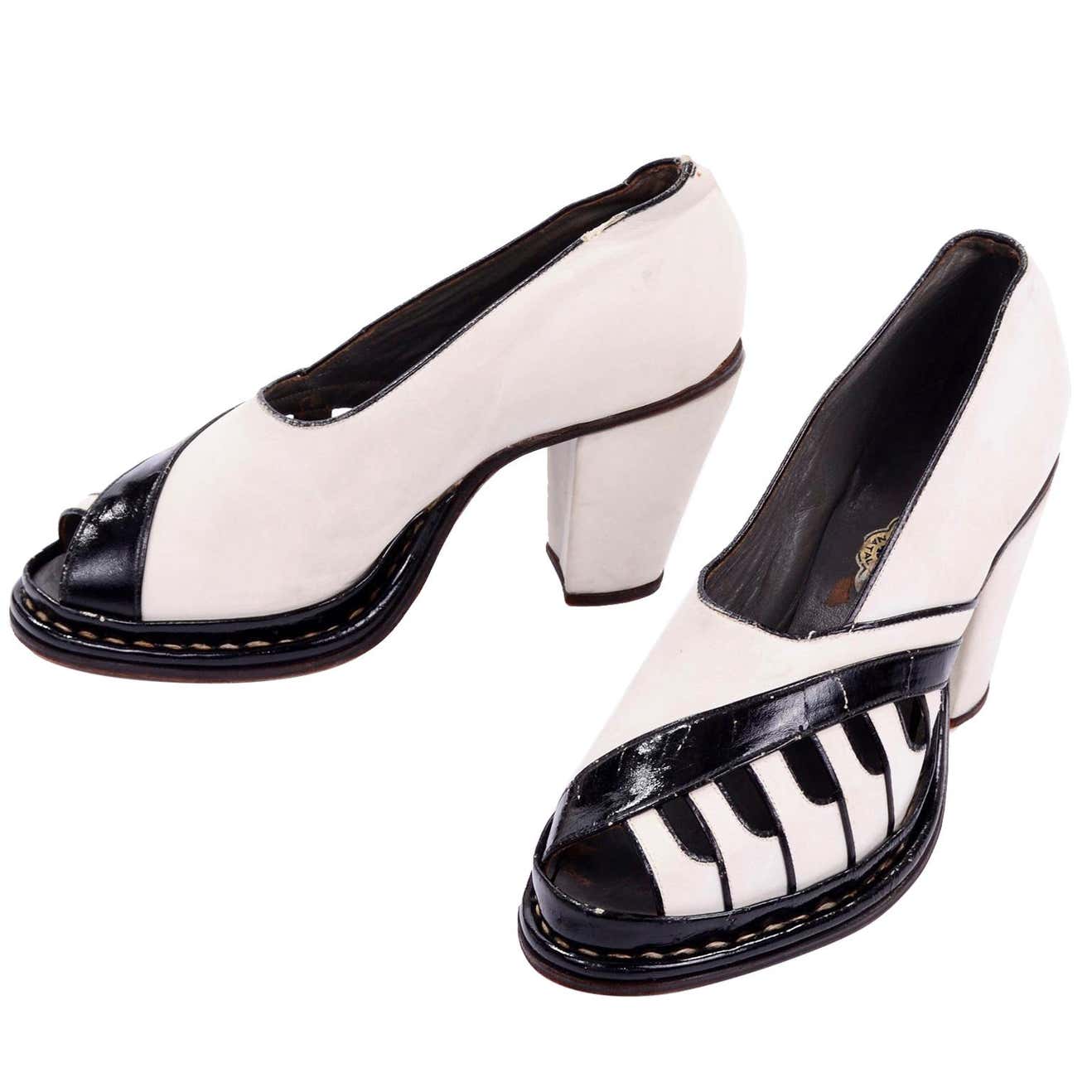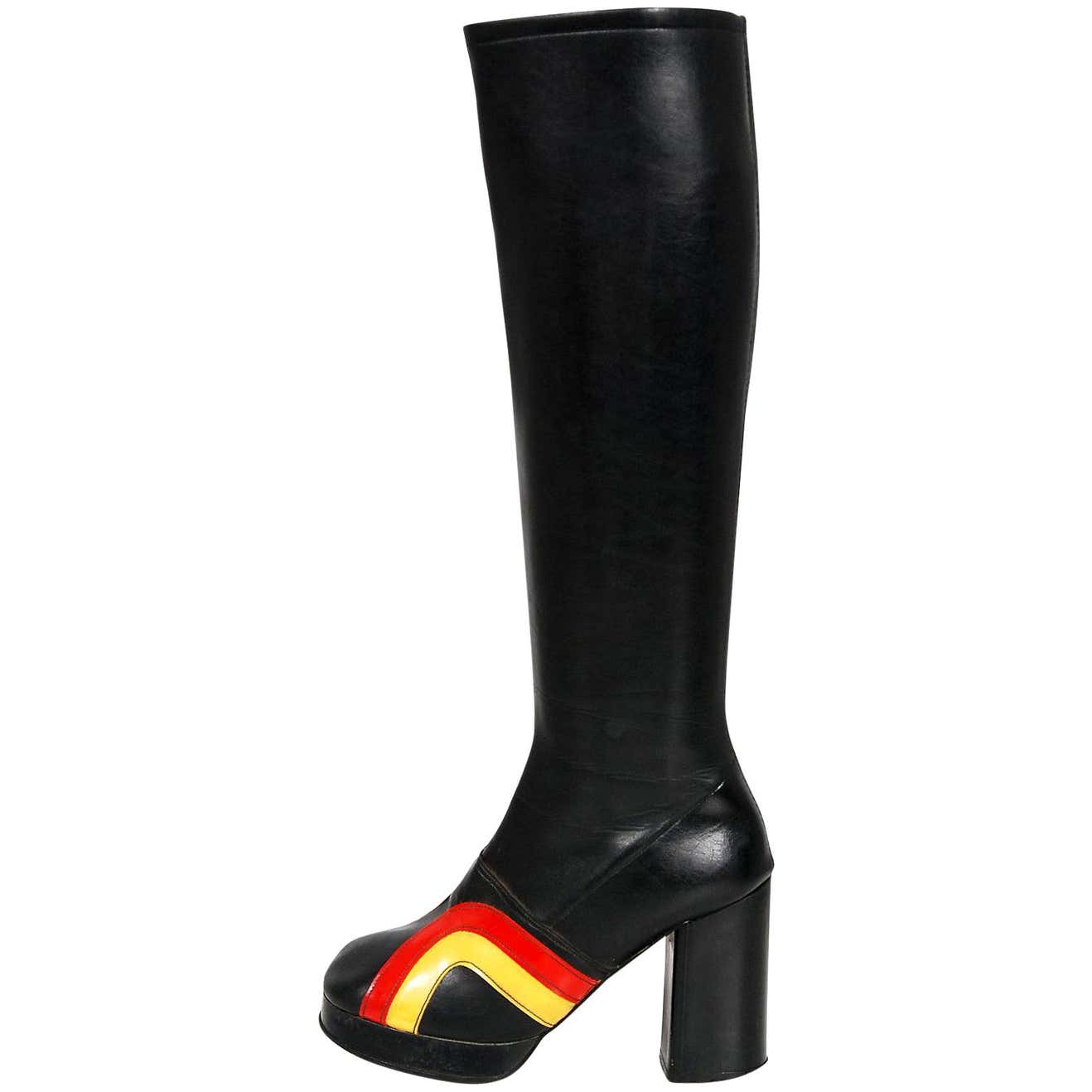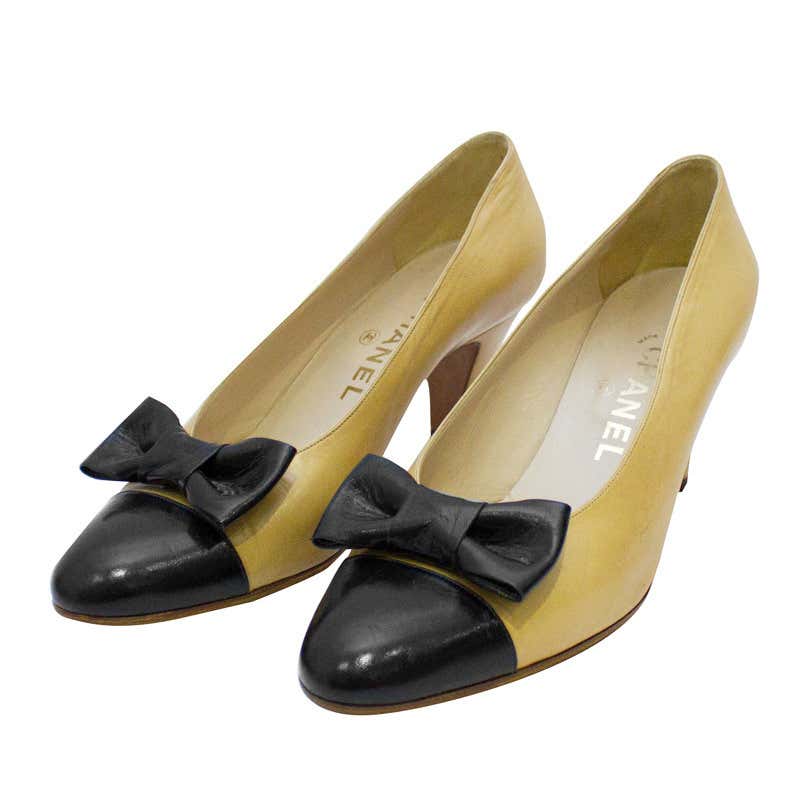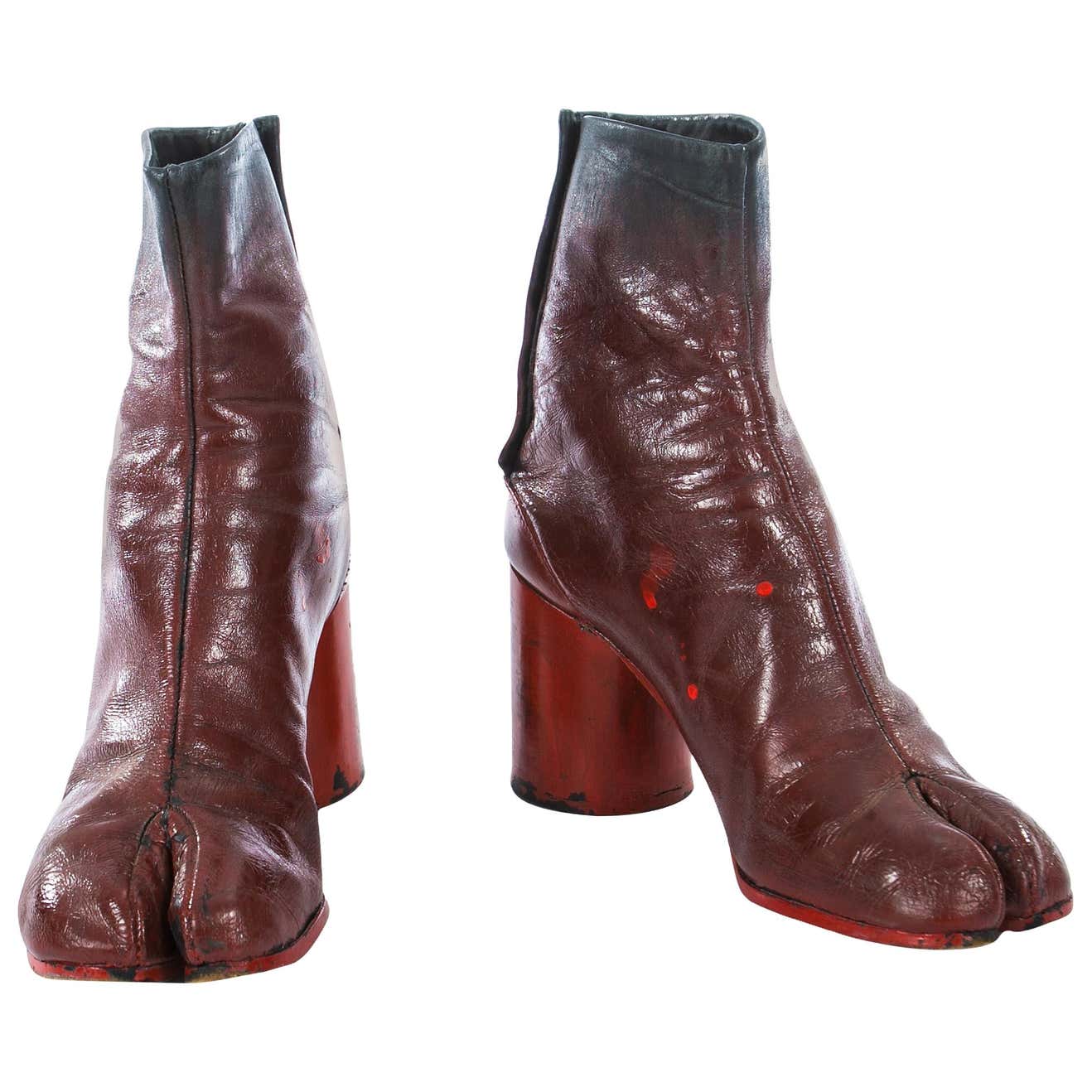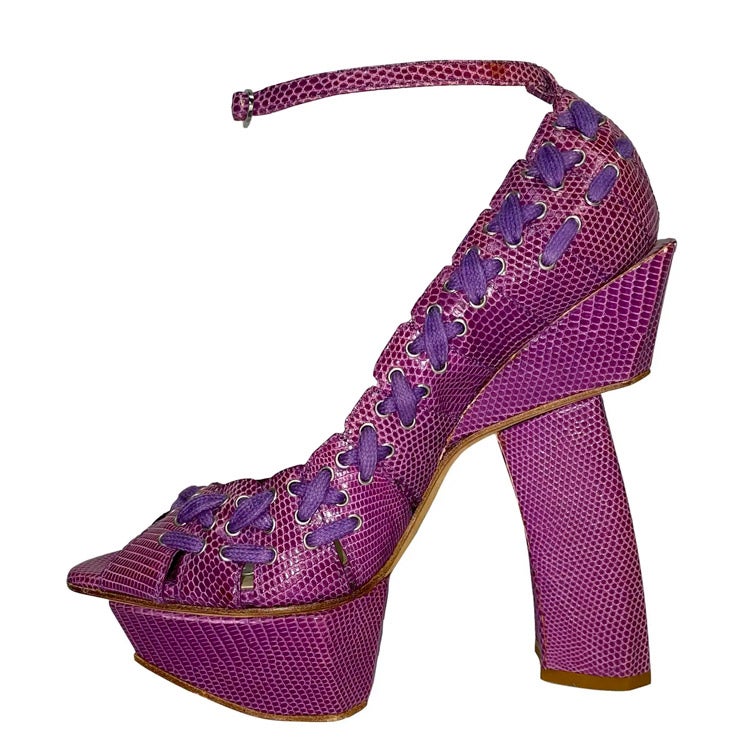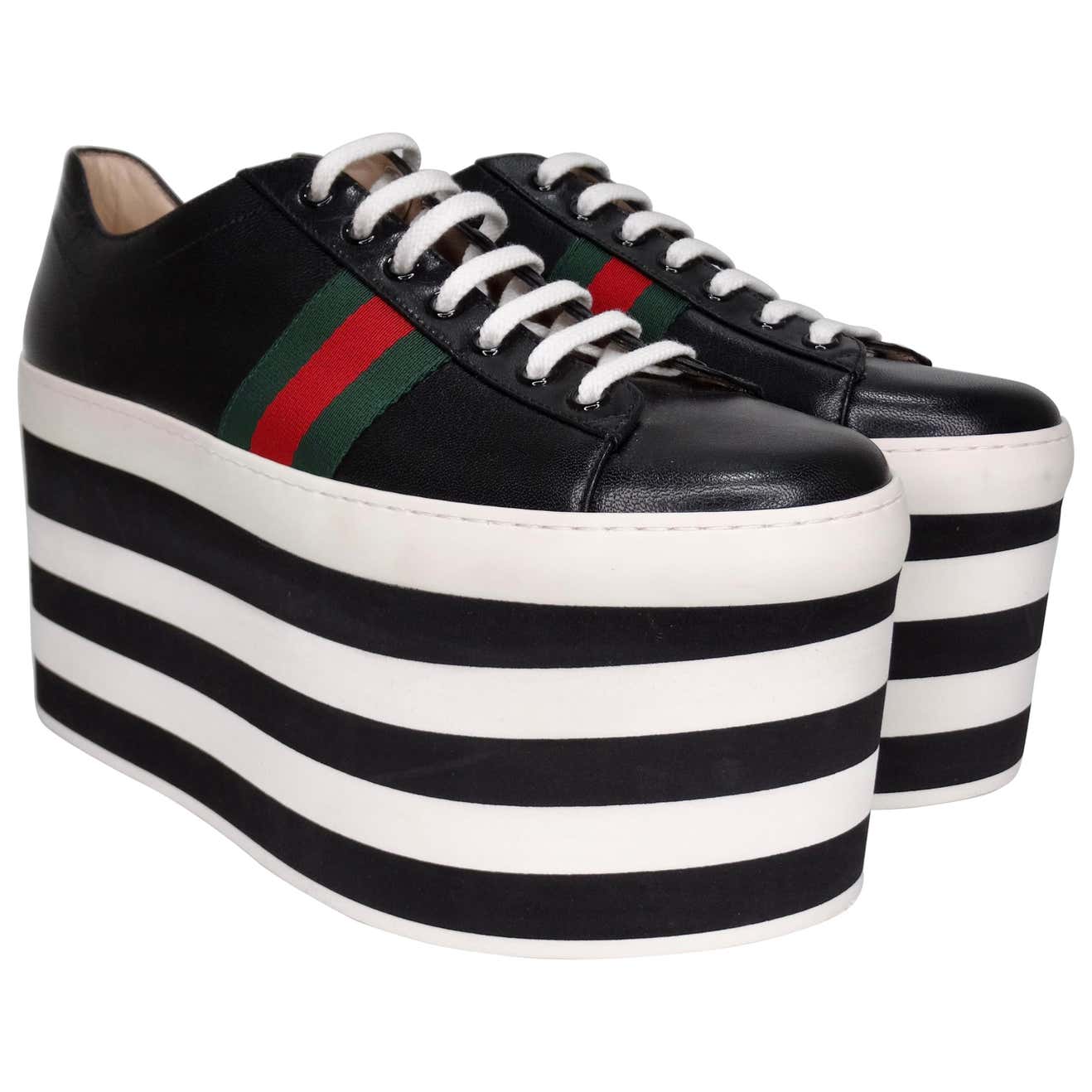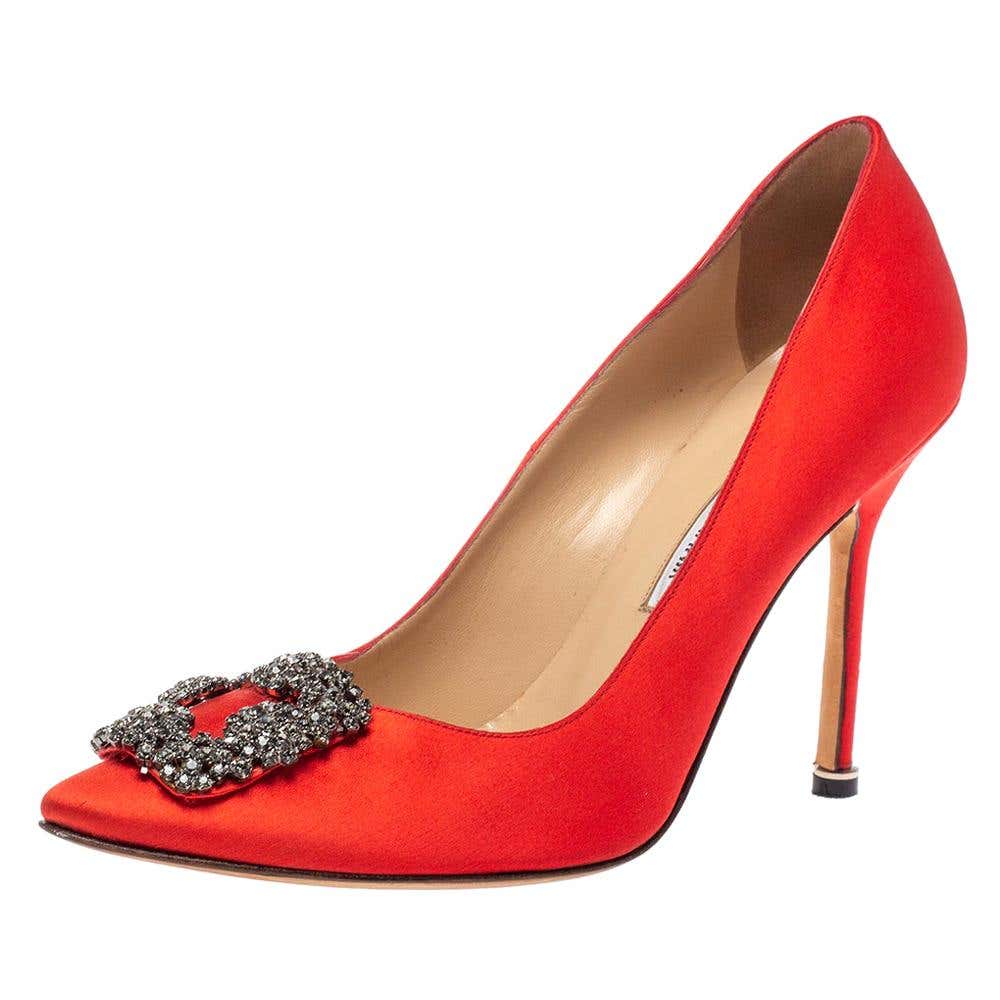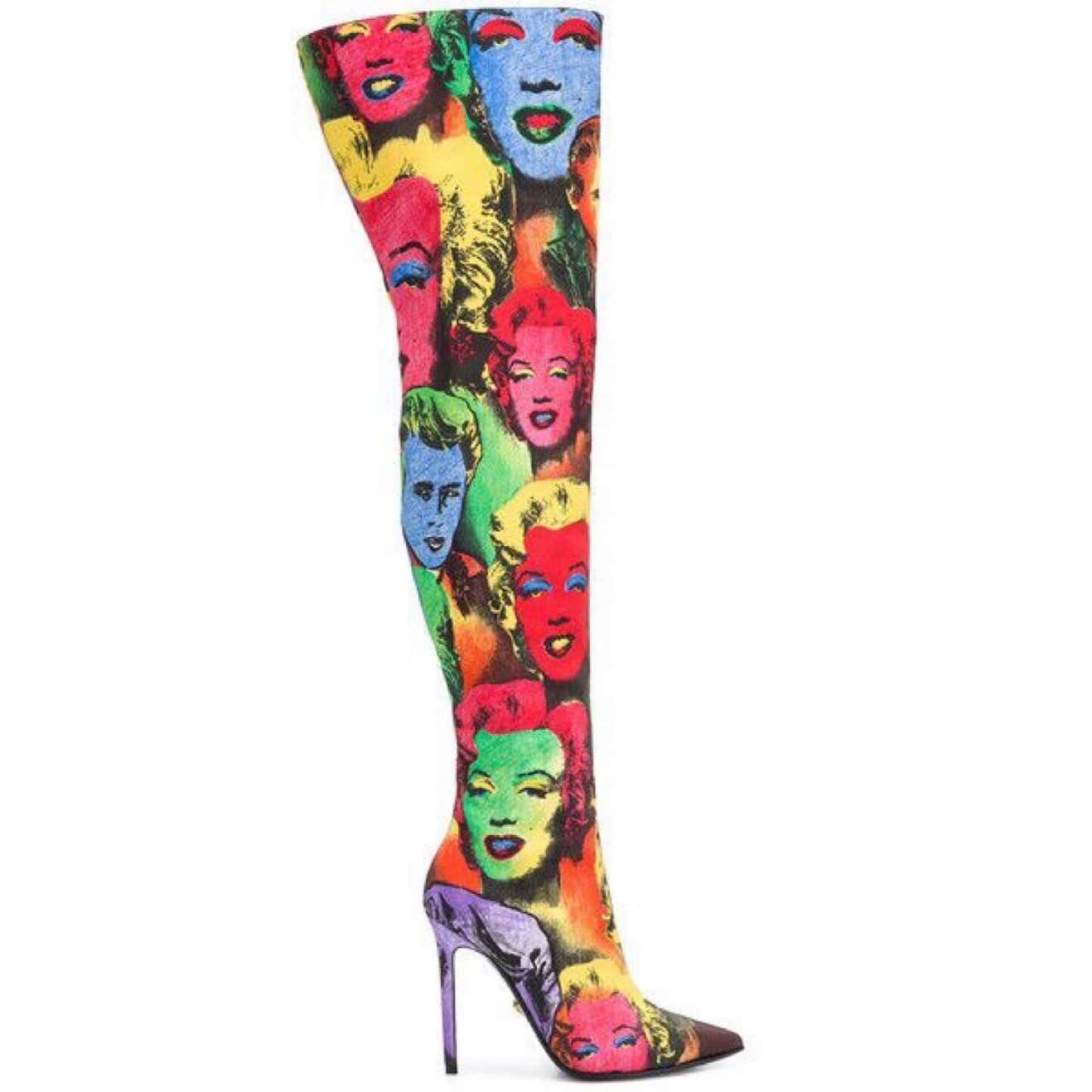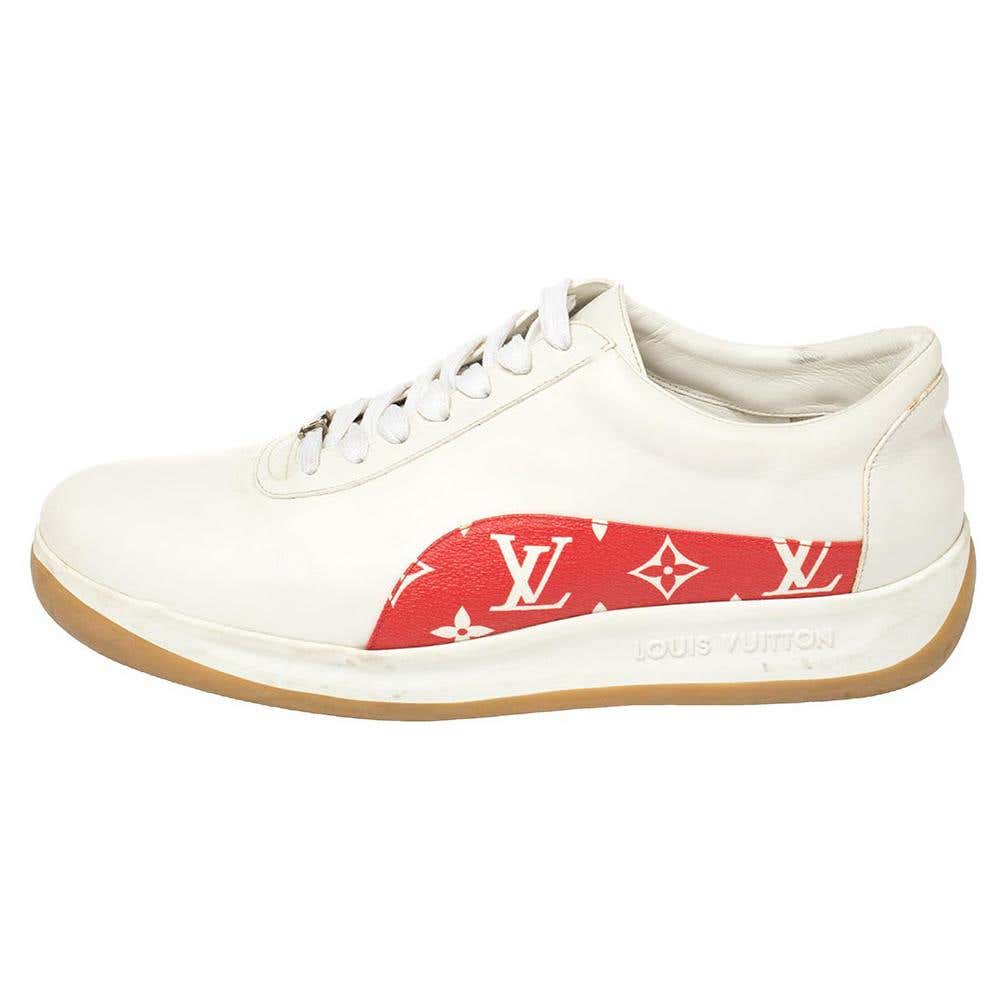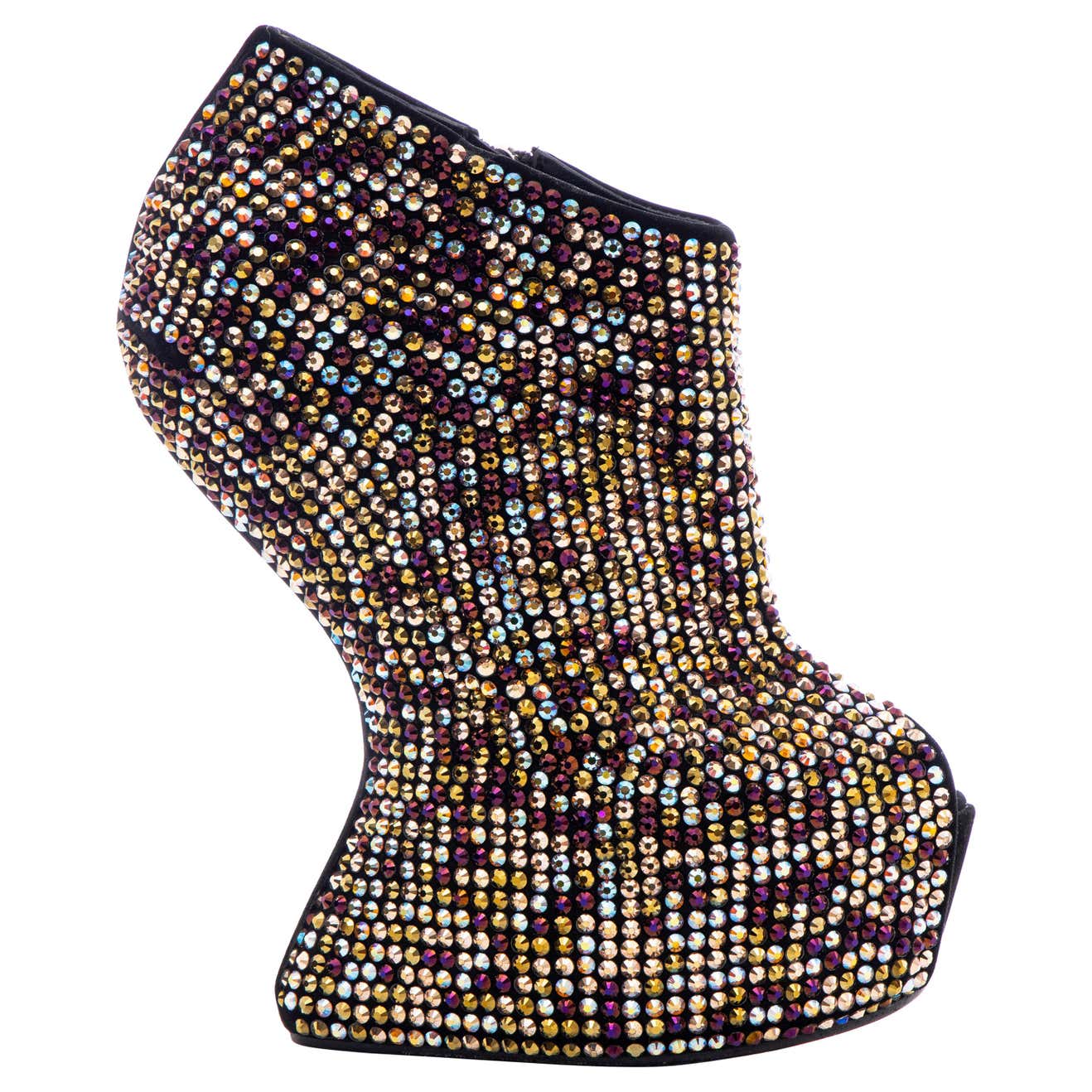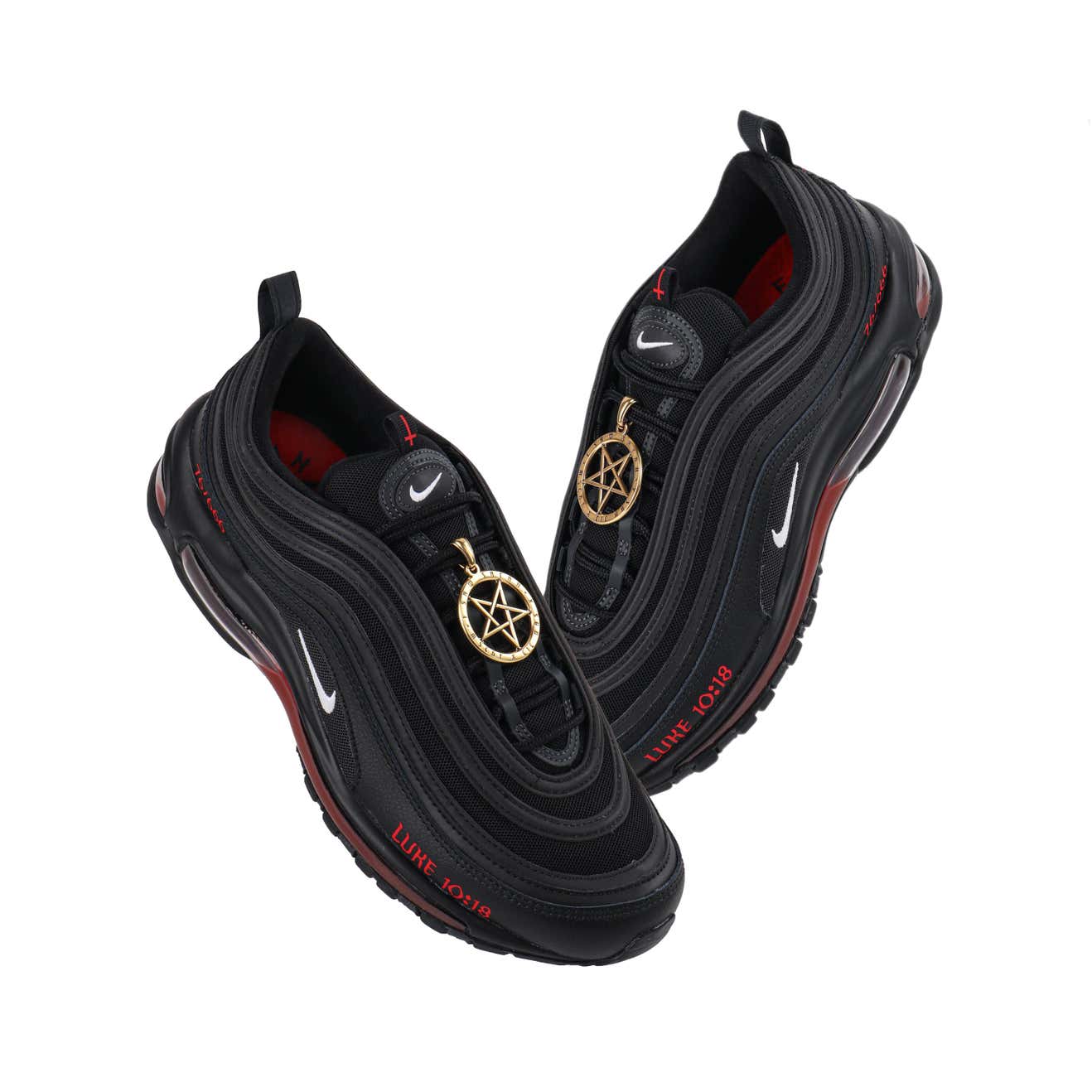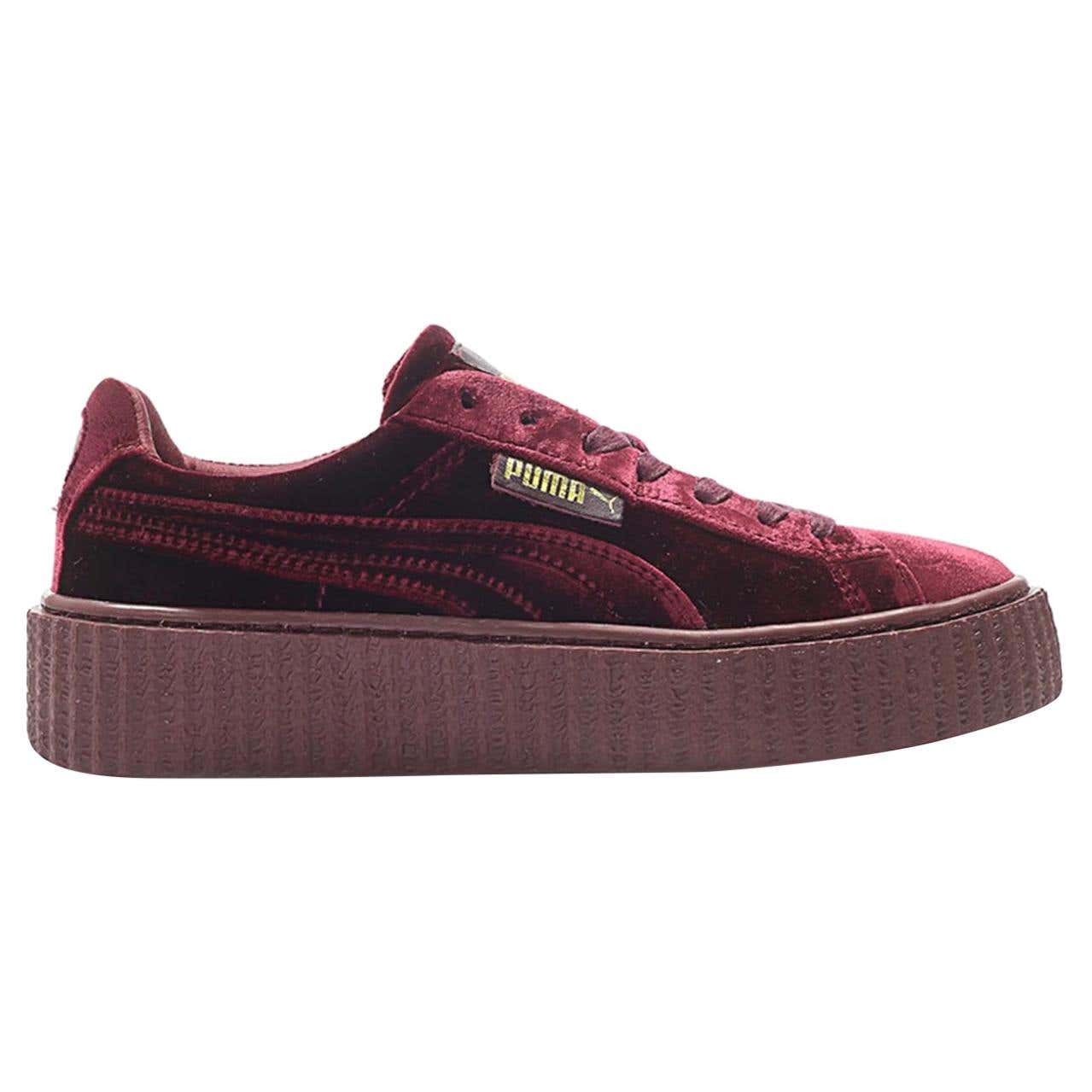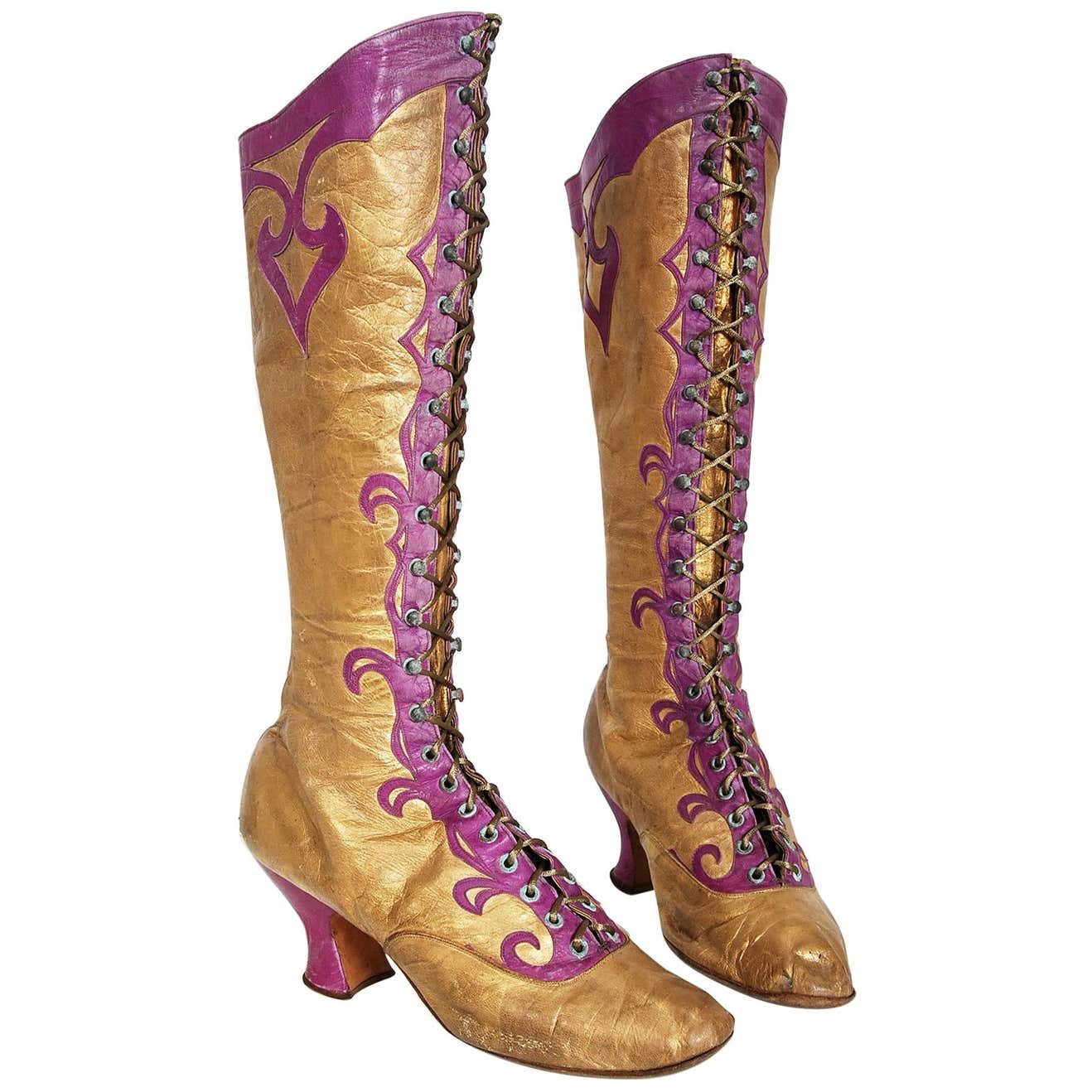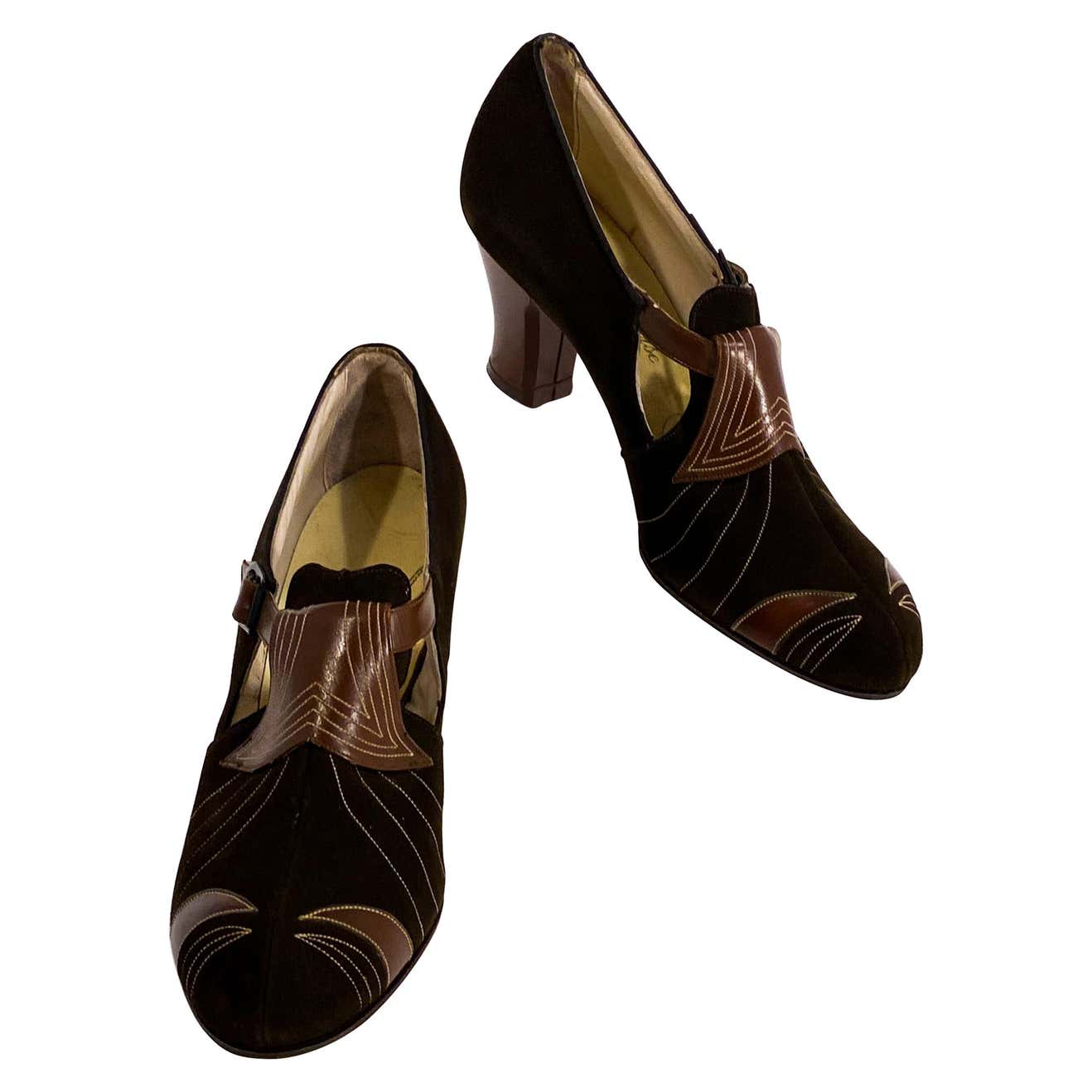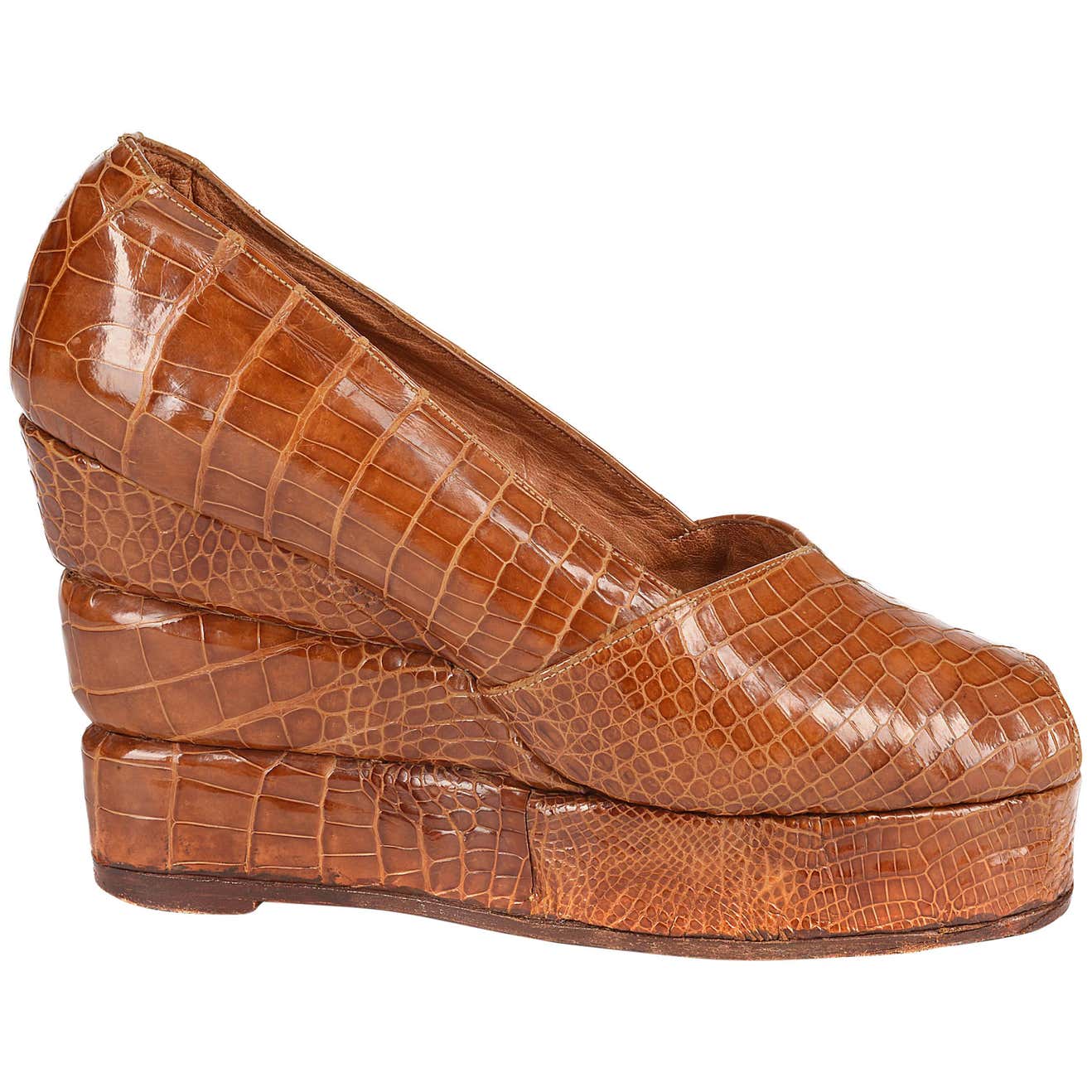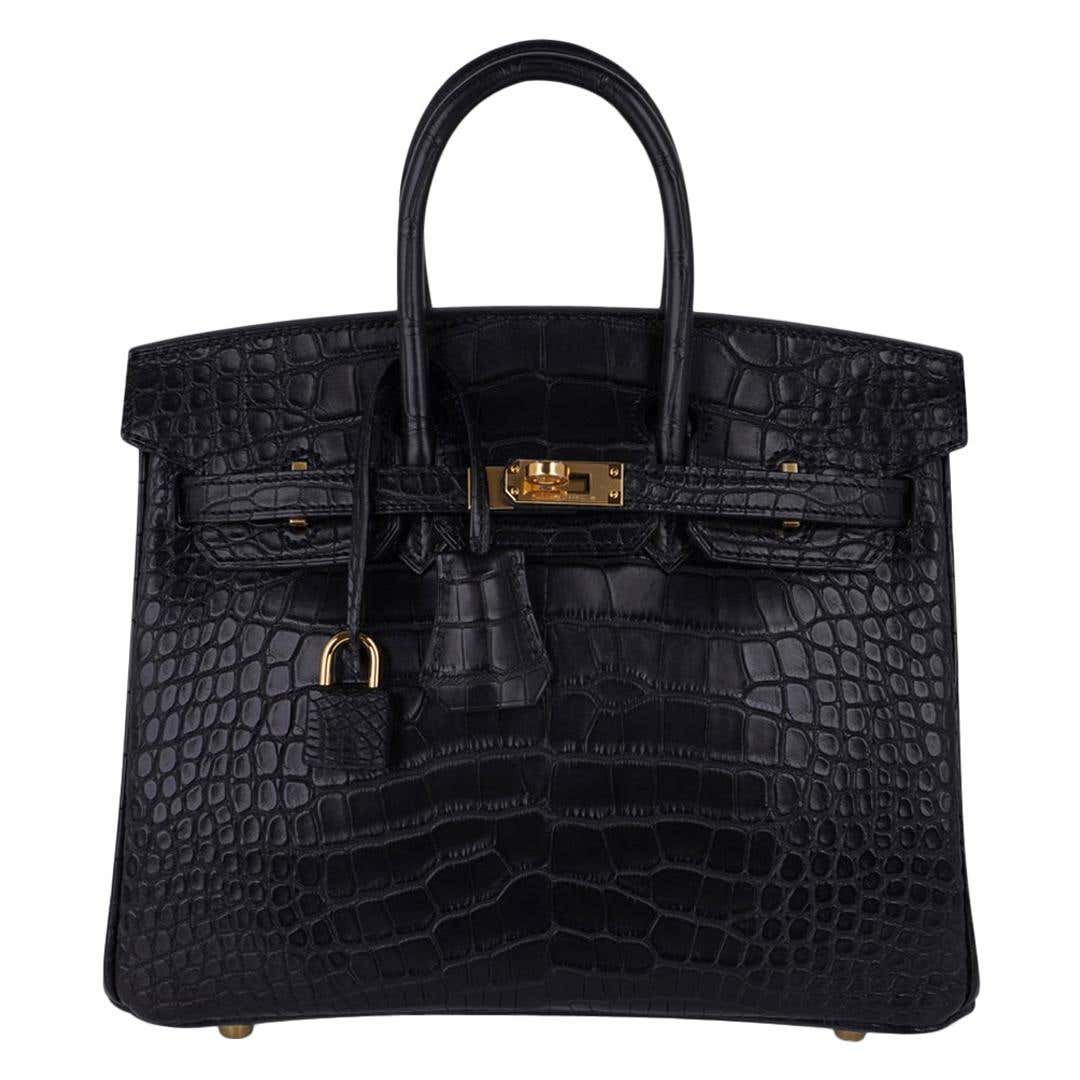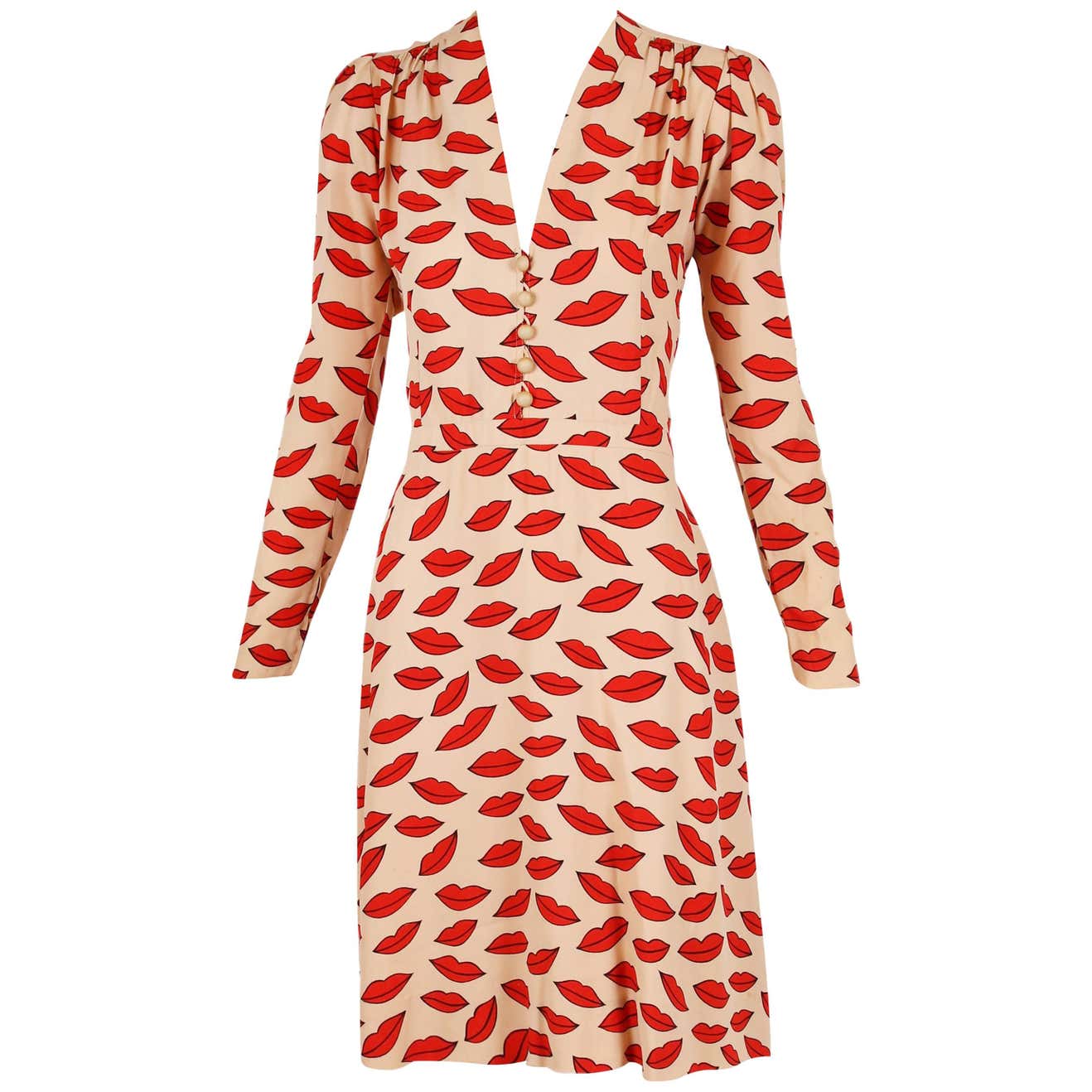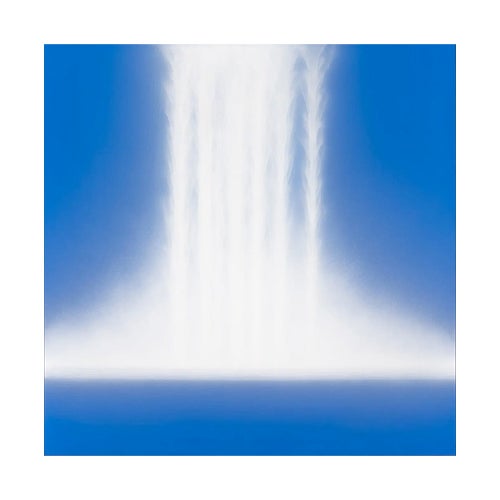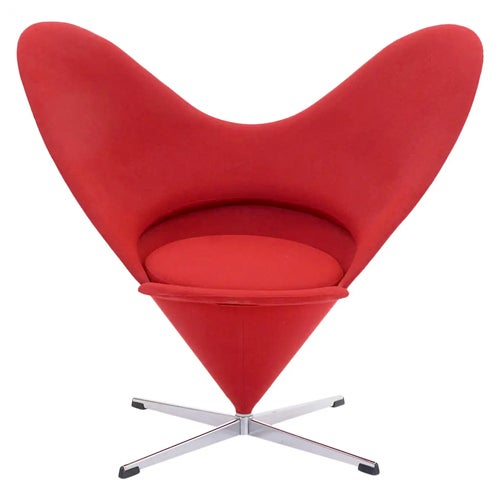2009
1STDIBS LAUNCHES VINTAGE FASHION.
The cognoscenti know that the most provocative, glamorous and fabulous vintage fashions can be found on 1stDibs. From a Dior “New Look” suit straight from the pages of 1950s Vogue to a classic Hermès Birkin bag, rare and exceptional pieces are collected for their pedigree and provenance — and the way they make you feel when you put them on, of course.
These magnificent sandals are from McQueen’s Spring 2003 “Irere” collection that featured romanticized renderings of a disaster at sea. Sculptural, sexy and show-stopping — and worn by the likes of Kate Moss and Naomi Campbell — they clearly have no expiration date. Avid fans know to look no further than 1stDibs for otherwise sold-out collectibles like these.
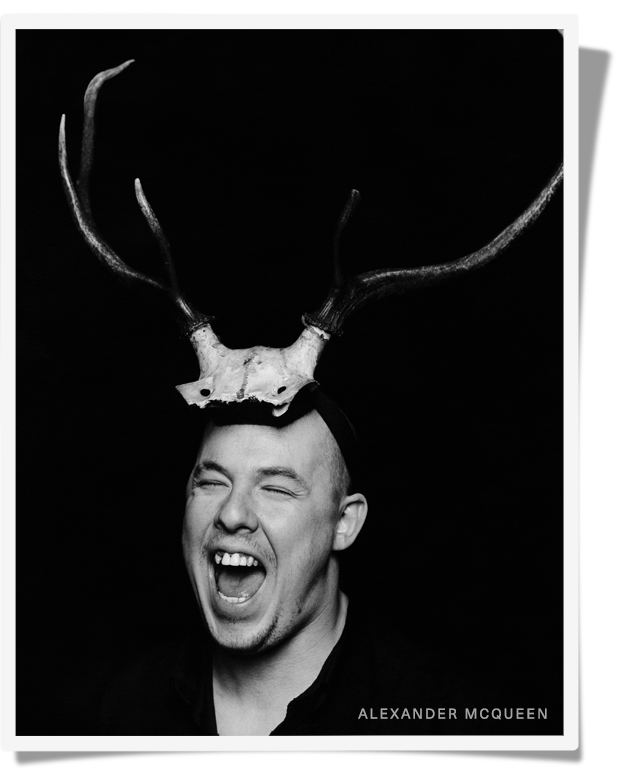
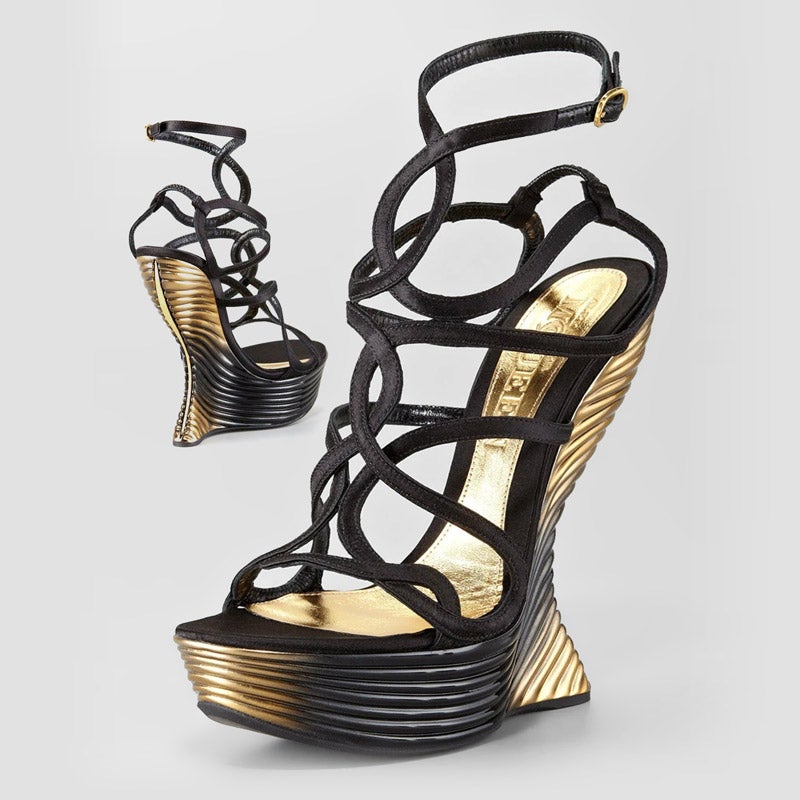
These magnificent sandals are from McQueen’s Spring 2003 “Irere” collection that featured romanticized renderings of a disaster at sea. Sculptural, sexy and show-stopping — and worn by the likes of Kate Moss and Naomi Campbell — they clearly have no expiration date. Avid fans know to look no further than 1stDibs for otherwise sold-out collectibles like these.

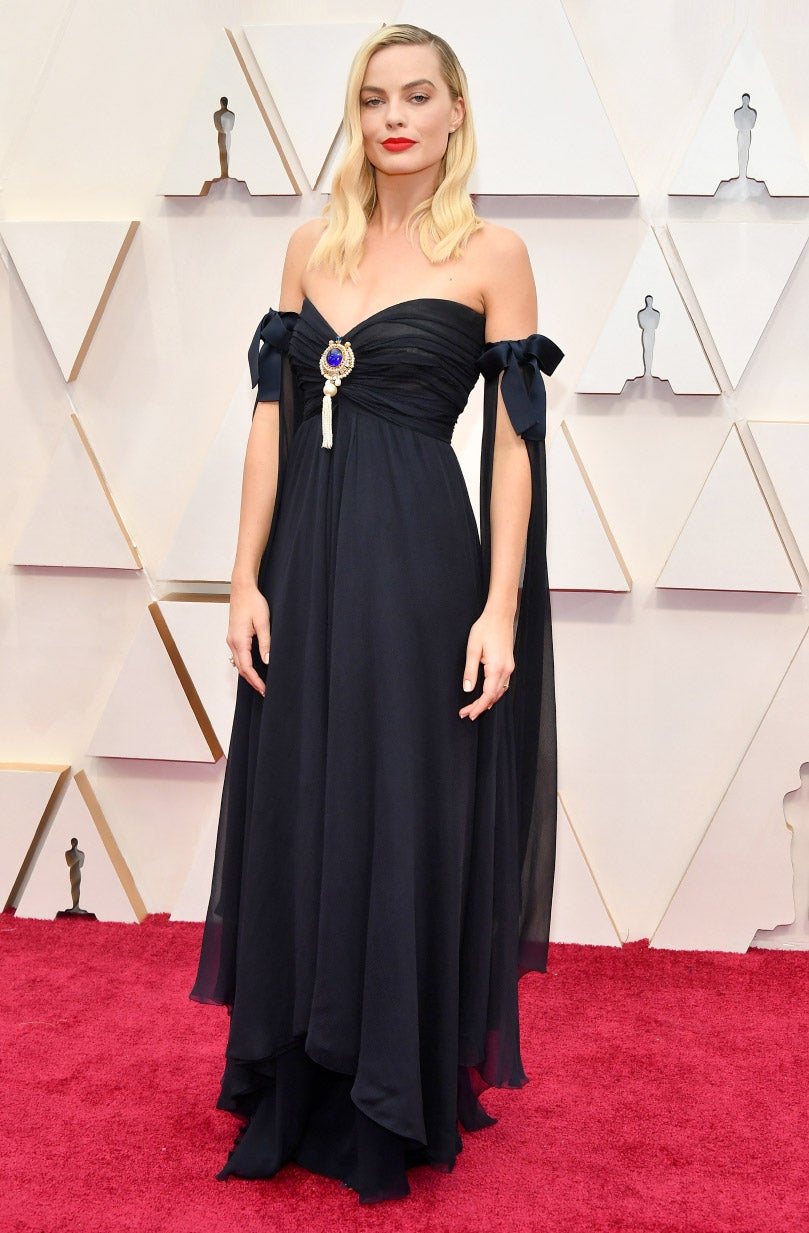
Live From the Red Carpet
Some looks still leave us speechless — so we've curated a roundup of A-listers and celebrities in statement-making vintage pieces.
Live From the Red Carpet
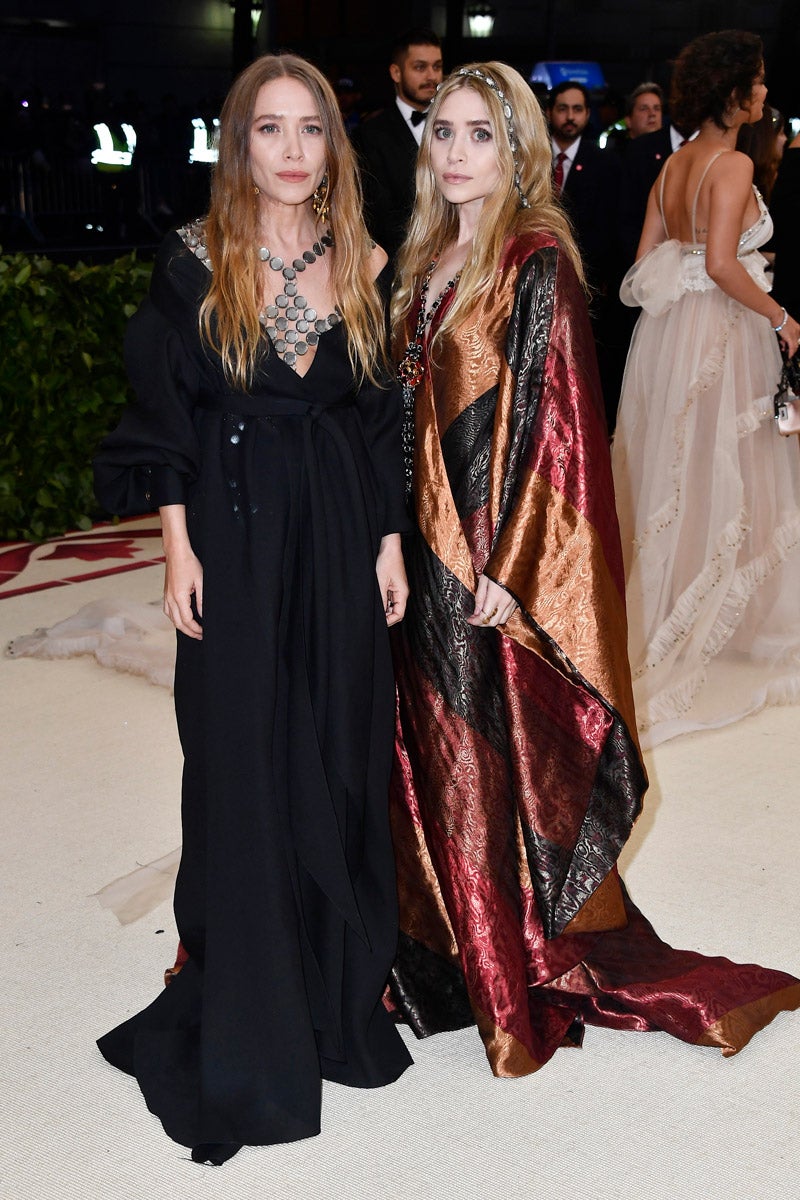
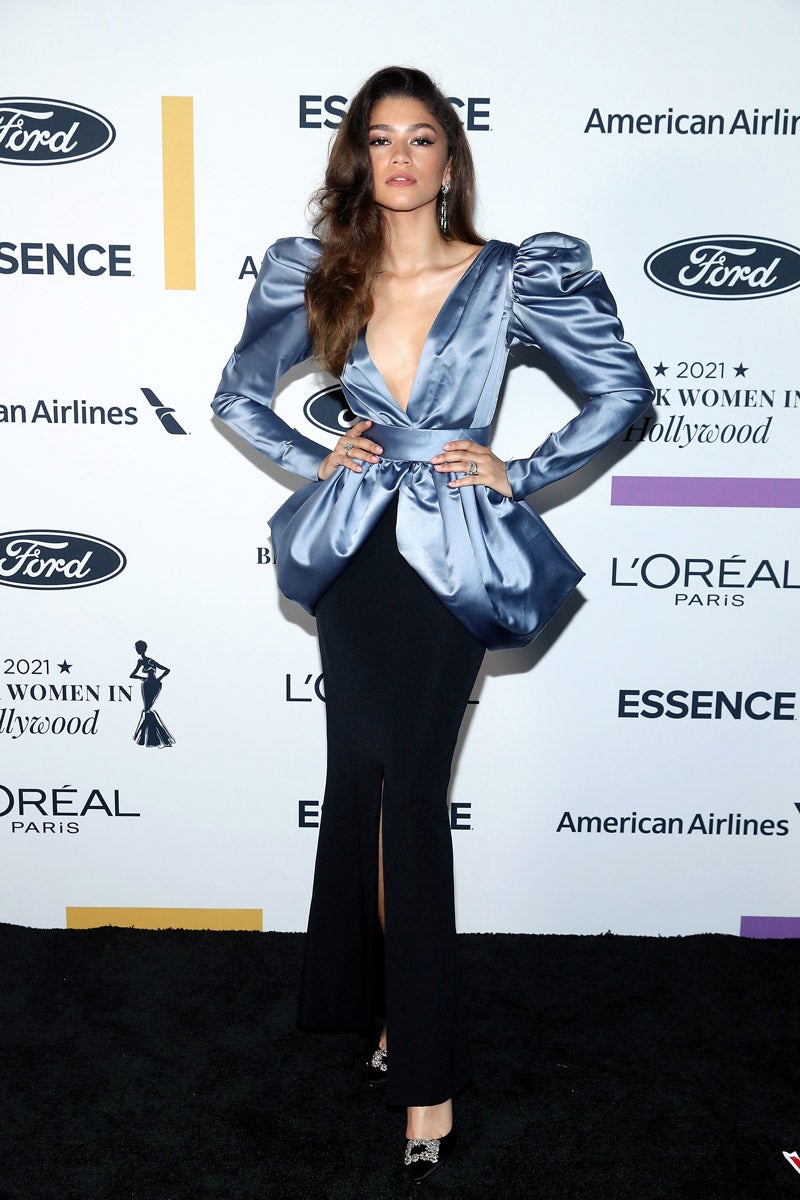
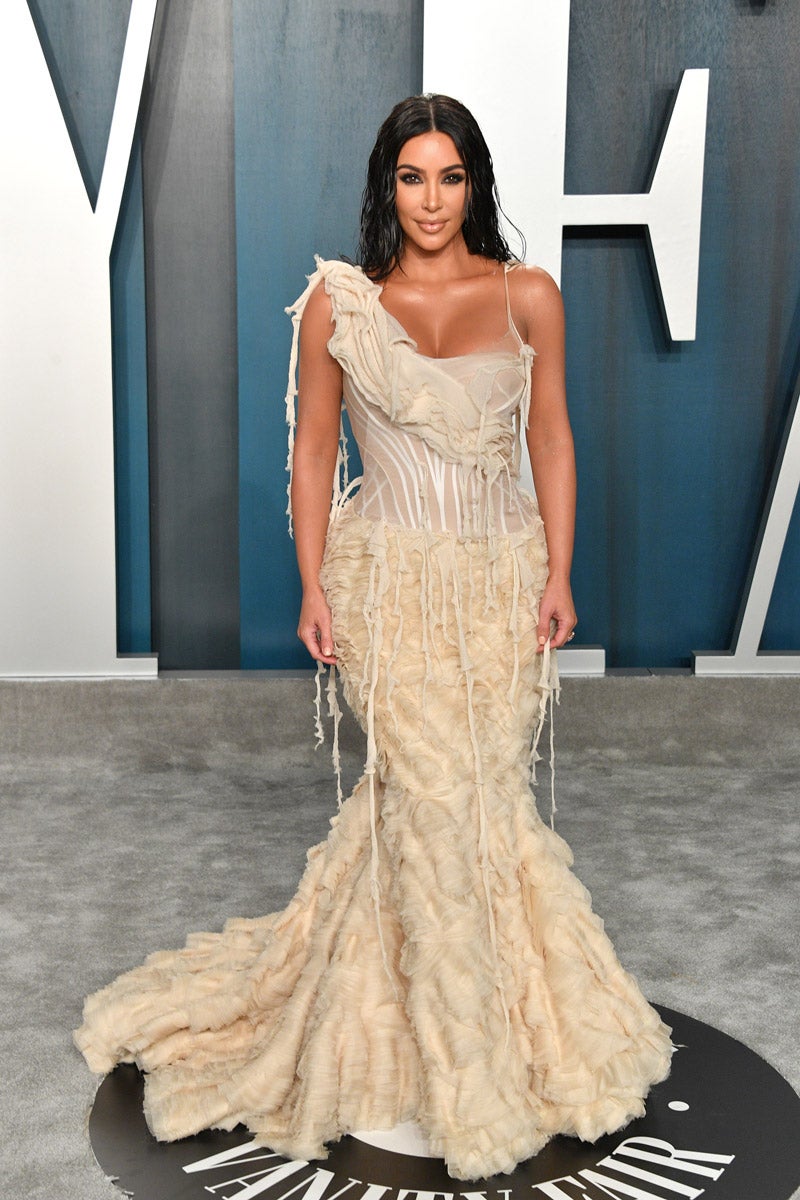
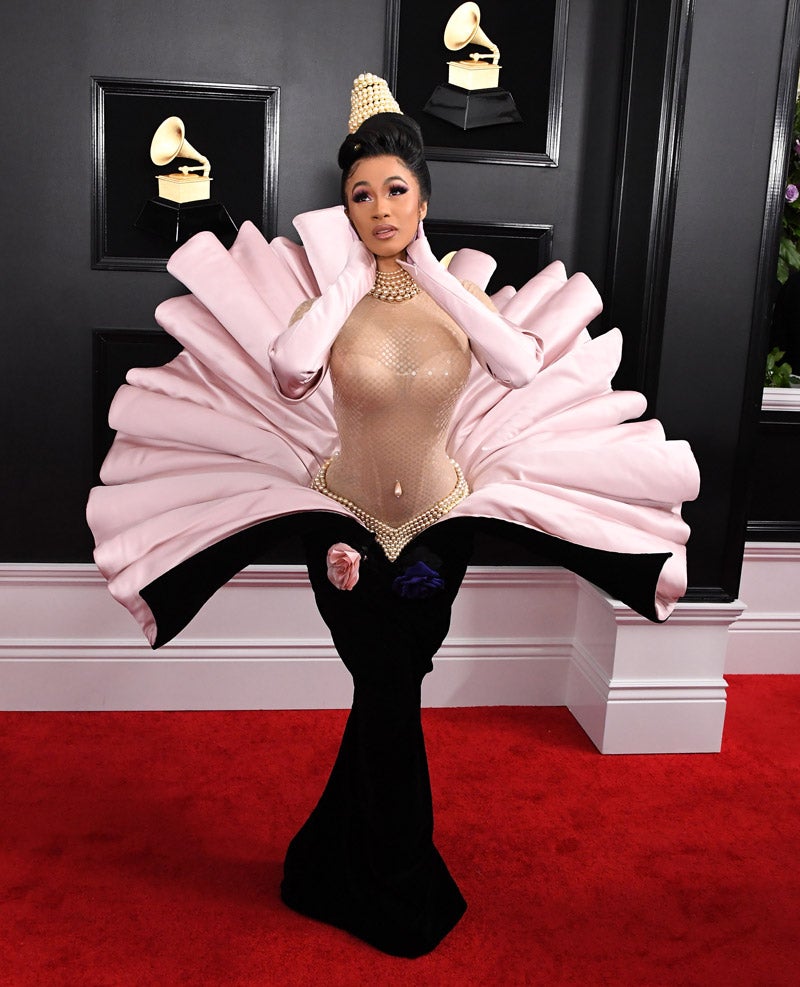
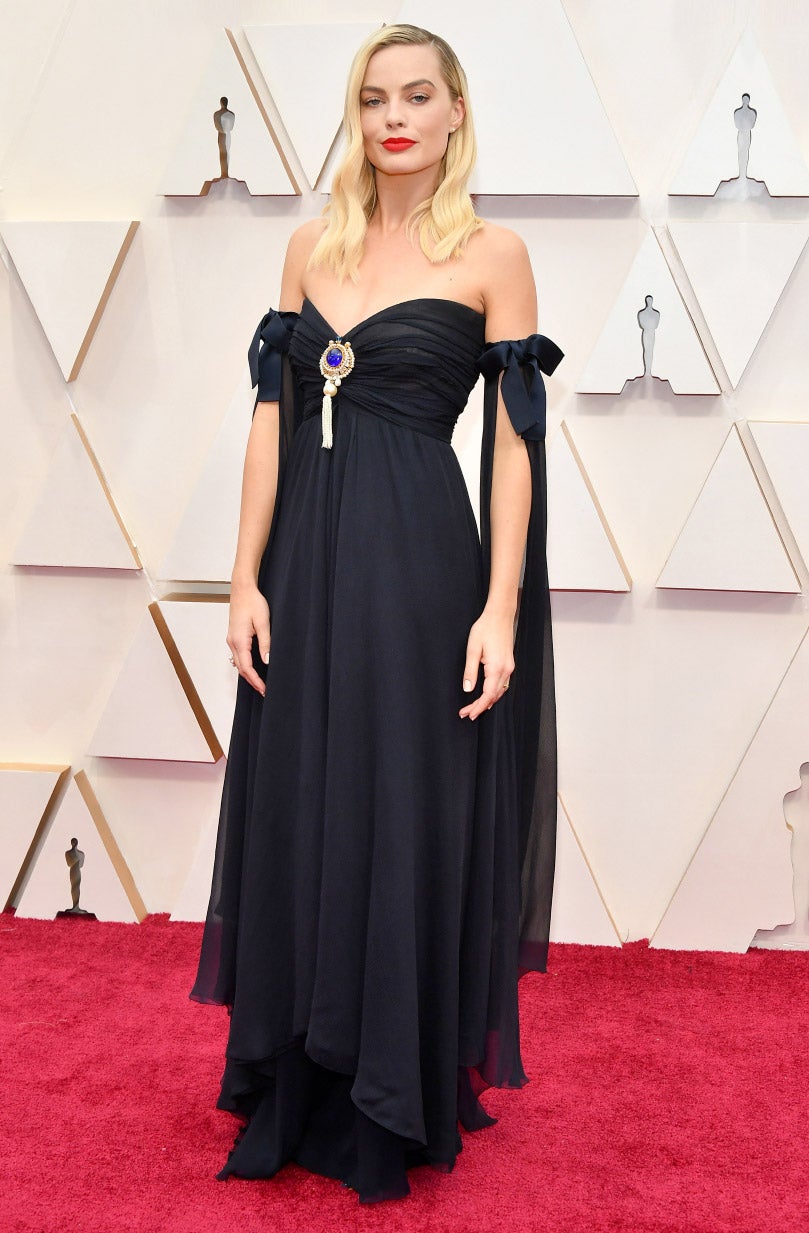
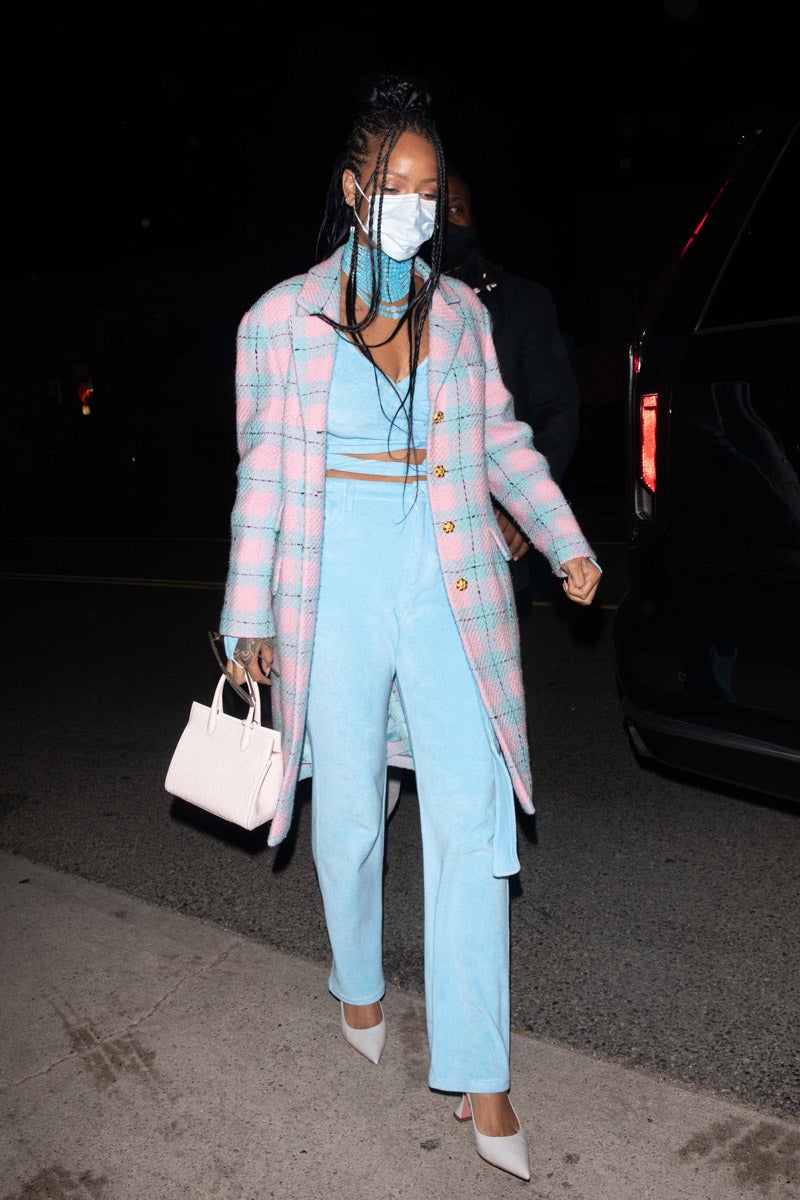
Rihanna in 1996 Chanel and 90s John Galliano
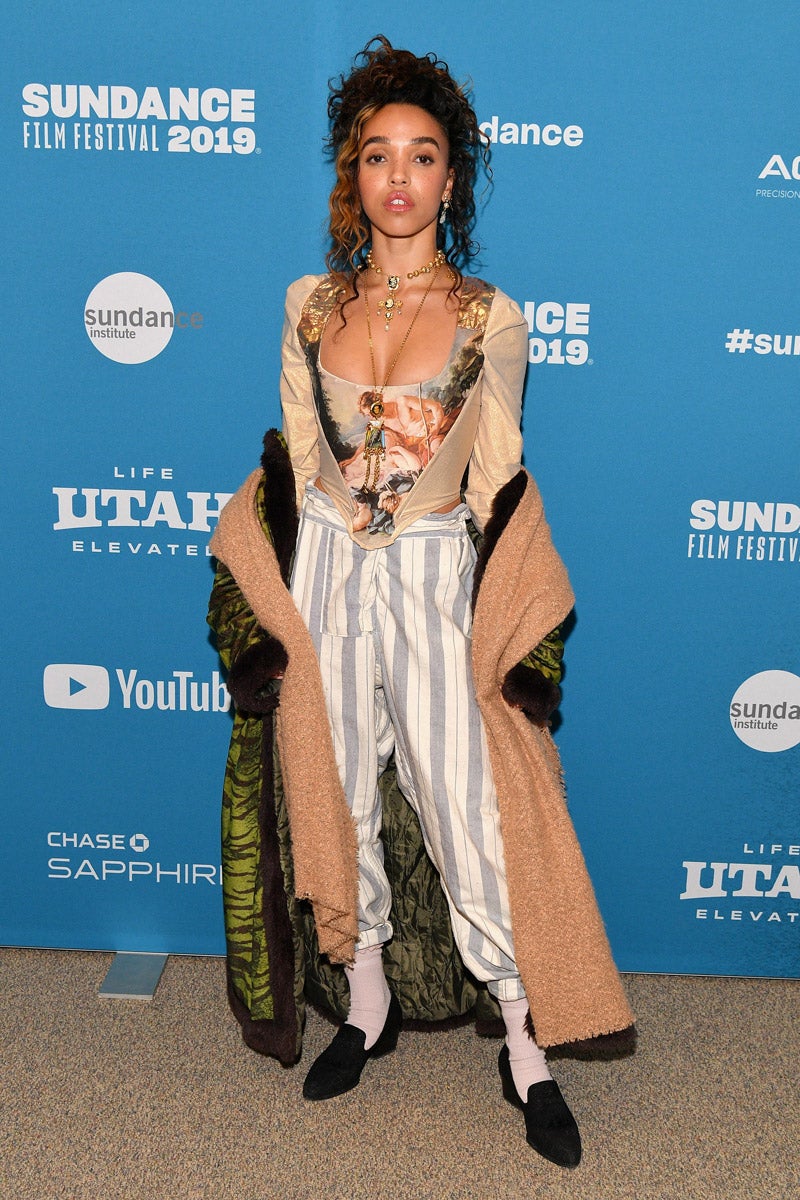
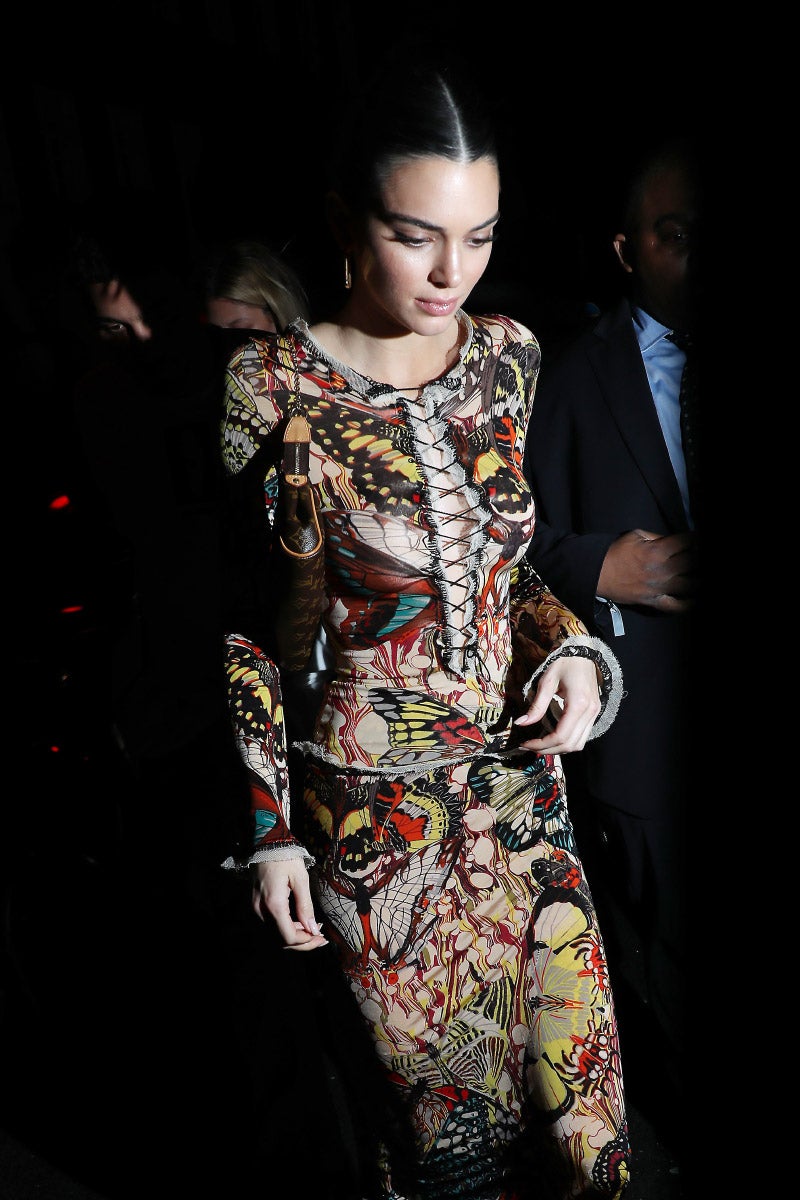
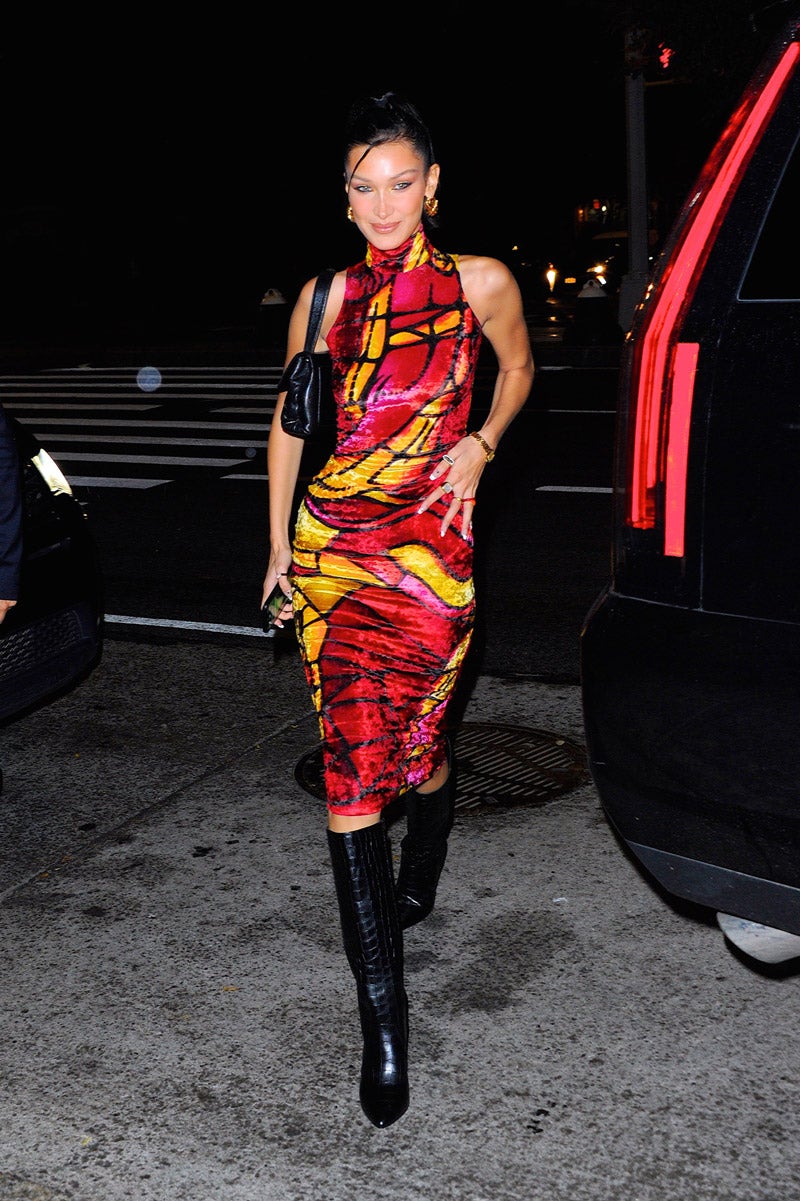
New Takes on Iconic Bags
A guide to the satchels, totes and clutches that have launched legions of waiting lists.
New Takes on Iconic Bags
by Heather Haber
Louis Vuitton Neverfull
Devotees of this most-wanted style say its name is an apt description of its capacity. First designed in 2007, the practical tote is reversible and comes with an attached clutch. This one, emblazoned with the unmistakable face of the Mona Lisa, was part of the 2017 Masters Collection, a collaboration with artist Jeff Koons. Considering that his 1986 sculpture Rabbit sold in 2019 for $91 million, this hard-to-find Neverfull, which comes with a leather bunny charm, is a great deal.
Alexander McQueen Four-Ring Clutch
An artist, a visionary, a genius — Alexander McQueen was all these things. He was also, indisputably, a rebel, often referred to as l’enfant terrible by the French press. This subversive minaudiere, introduced in 2009, captures the essence of the contradictions that he so powerfully expressed: glamour and goth, elegance and edge. The row of skull rings takes its inspiration from knuckle dusters, a functional clasp with a whiff of danger.
Hermès Constance
In 1967* Catherine Chaillet, a designer at la maison Hermès, created a new handbag. The result was a style of elegant proportions with an ionic H clasp — linear with rounded corners, at once classic and modern. Chaillet named it Constance for the daughter she had soon after. The design became a favorite of Jacqueline Kennedy, establishing its must-have status. Finding an Hermès Constance is an exercise in dedication and patience. Collectors’ editions are even more elusive, like this one in Swift Silk Marble Print, an exclusive fabric sourced from a family in Kyoto.
Hermès Birkin
The world’s most desired handbag has a serendipitous origin. In 1983, Hermès artistic director Jean-Louis Dumas was seated next to actor Jane Birkin on a flight from Paris to London. Inspiration struck when the contents of her tote clattered to the floor of the plane and she complained that she needed a larger bag. As the story goes, he sketched the design for the would-be status symbol on an airsick bag. The rest, as they say, is history. This limited-edition Cargo model is crafted of Goéland canvas and merges the functionality of cargo pants with stratospheric style.
Lanvin Jiji
As artistic director of Lanvin from 2001 - 2015, Alber Elbaz was credited with reviving the brand with his quirkily feminine designs. Not long after he introduced his new company, AZ Factory, he died of Covid in April 2021, devastating the fashion industry. An inveterate doodler, his whimsical illustrations are a testament to the warmth and joy he was known for. Alber’s loose, expressive scrawls decorate this Lanvin Jiji Bag, an iteration of a style that bears the nickname of the house’s original founder, Jeanne Lanvin.
Versace Palazzo Empire
Gianni and Donatella Versace grew up in Reggio di Calabria in southern Italy, where they used to play in the city’s ancient Grecian ruins. A tiled head of Medusa that Gianni saw there remained in his mind, and in 1993 he reimagined it as the emblem for his fashion house. This renowned logo is the crowning clasp on the bag that Donatella Versace described as “perfect for women in the city today, making their way in the urban jungle" when it launched for Spring/Summer 2016. This technicolor version features a baroque floral print — a feminine expression of the brand’s more-is-more maximalism.
Christian Dior Lady Dior
A handbag carried by royalty is bound to become an icon. In 1995, the year this structured satchel debuted, Princess Diana was photographed wearing it for an official visit to Liverpool, and again at the Met Gala in 1996. The design takes its cues from house codes — the metal charms are inspired by the lucky charms treasured by the superstitious Monsieur Dior, and the signature quilting is based on the Napoleon III-style chairs guests sat on during Dior fashion shows. This limited-edition version, part of the 2019 Dioriviera cruise collection by Maria Grazia Chiuri, features a 1947 house of Dior toile de Jouy print with subtle beading.
Fendi Baguette
In season 3, episode 17 of Sex and the City, a mugger approached Carrie and demanded “Gimme your bag,” while pointing a gun. “It’s a bag-guette,” she protested, before ending up bagless (and shoeless) on the sidewalk. And thus, the first “it bag” was born. Fendi introduced the style in 1997 and called it the Baguette because it fits under the arm the same way that a French person might carry a loaf of bread. More than a thousand variations would follow, including this one in metallic leather with shearling lining. As ’90s style returns, so has Carrie’s shoulder bag — the Fendi favorite has been spotted in paparazzi shots of Sarah Jessica Parker on set for the Sex and the City sequel series.
Gucci Jackie
Although this iconic shoulder bag debuted in 1961 as the G1244, it wasn’t until Jackie Kennedy Onassis was photographed with one in the 1970s that it took on her name. We can credit former Gucci creative director Tom Ford with the bag’s return to popularity. Subsequent creative director Frida Giannini renamed it the New Jackie, and current creative director Alessandro Michele christened it the Jackie 1961 and put it in the men’s fall 2020 show. Interestingly, that wasn’t the first time men sported the style — Peter Sellers and Samuel Beckett were fans, as is Harry Styles. The bright red version seen here, from the Giannini era, features a lobster claw clasp and the house’s iconic striped webbing.
Prada Lipstick Séverine
Miuccia Prada once said that she was “concerned with destroying — or at least deconstructing — conventional ideas of beauty, of the generic appeal of the beautiful, glamorous, bourgeois women.” Through this lens, we see the famed lipstick print from the house’s spring/summer 2000 collection as more provocative than pretty, more rebel than romantic.The universal symbol of feminine artifice marched across skirts, blouses and bags, transforming them into emblems of turn-of-the millennium style. It was just one of many sly creations from the designer who started out as a political science doctorate and activist in the 1970s women’s rights movement. “Miuccia’s irreverence was the quality that first caught fashion’s attention,” Anna Wintour told the Financial Times in 2020. “She dared to ask the questions: what is beauty? What’s good taste?”
Céline Luggage
Phoebe Philo became the creative director at Céline in 2009 (back when the e had an accent), and it isn’t an overstatement to say that she revolutionized 21st century fashion. Under her leadership, a dusty house became a must-have brand with a decidedly sophisticated, female point of view — and its handbags became trophies for the fashion-obsessed. The first of these was the Luggage tote, a modern, structured style that launched a legion of lookalikes. But the original remains an icon and part of Celine’s assortment — a lasting testament to the beloved aesthetic of Philo and the timelessness of a great handbag. Here, in luxurious yellow crocodile, it is more than just a handbag; it’s a collector’s piece.
Goyard Saint Louis
This sturdy, reversible carryall’s name comes from Île Saint-Louis — the islet on the Seine in Paris and home to some of the city’s best hôtels particuliers. It’s an everyday status symbol for those in the know, who often opt to personalize theirs with monograms or motifs. This one features a flurry of hand-painted butterflies.
Louis Vuitton Time Trunk Satchel
The most recognizable luxury logo on Earth first appeared on a Louis Vuitton steamer trunk in 1896. The brand often pays tribute to its beginnings as a luggage manufacturer, as it did with its Fall 2018 Time Trunk collection. These hard-to-find designs are constructed of LV’s iconic Monogram in a blurred print reminiscent of their original antique trunks.
Chanel Classic Flap
From uptown doyennes to Tik Tok trendsetters, every kind of fashion lover loves this classic must-have. It’s been going strong since Karl Lagerfeld updated the classic 2.55 handbag in the 1980s with the addition of the interlocking double Cs on the flap. This limited-edition PVC version is a revealing take on traditional Chanel quilting — just make sure there’s nothing inside you don’t want to reveal.
Louis Vuitton Alma BB
This go-anywhere satchel has a practical flat bottom and roomy interior that makes it ideal for travel. Introduced in 1992, it traces its origins to the Squire bag, designed by Gaston-Louis Vuitton in 1934 — the era is evident in its bold Art Deco lines. In blue denim and monogram leather, it’s a modern way to wear luxury. Other interpretations, including collaborations with Stephen Sprouse and Takashi Murakami, are also highly sought after.
Fendi Peekaboo
When Silvia Venturini Fendi designed this classic satchel, she had an anti-it bag in mind. “I wanted to make something...timeless,” she told Vogue in 2019, on the occasion of the bag’s 10-year anniversary. “I wanted to get back to the roots of leather goods, and this idea of a bag that a woman uses every day, for a long time. That she passes down to her daughter.” The Peekaboo gets its name from the front flap that can be pushed down to reveal various interior colors or motifs. Sometimes its exterior also acts as a canvas for seasonal variations, as seen in this striped and studded version with scalloped edges from the spring/summer 2017 collection.
Louis Vuitton Pochette
Originally designed as an accessories case, this petite mini-bag was on the arm of every late-’90s It Girl — and is the perfect way to embrace the resurgence of turn-of-the-millenium handbag silhouettes. This 2001 version, a project with artist and designer Stephen Sprouse under the creative direction of Marc Jacobs, was one of the first (and best) examples of logo hacking, setting the stage for fashion’s obsession with collaborations.
Chanel No.5 Minaudière
Every season, the house of Chanel expresses its sense of whimsy with novelty clutches produced in very limited quantities. This plexiglass design, coveted by collectors, was a highlight of the Cruise 2014 collection. It celebrates the world’s most famous fragrance, named for the 5th day of the 5th month of its debut in 1921.
Hermès Kelly
In the 1930s, Hermès introduced the Sac à dépêches, the precursor to the Kelly bag. In 1954, costume designer Edith Head chose the satchel for Grace Kelly to wear in Alfred Hitchcock’s To Catch a Thief. In 1956, as Princess of Monaco, Kelly famously used the bag to hide her pregnancy from the paparazzi. Thus, the bag became known as the Kelly — and was officially renamed by the brand in 1977. This utra-rare version, the “Kelly Wood,” is constructed of natural wood and Barenia leather. Surpassing most of the record-breaking prices for Hermès bags, it is a piece for only the most elite collector.
Gucci Bamboo
Of all the world’s fashion brand codes, Gucci’s bamboo is one of the most recognized. But how did this humble branch from Japan become a signifier of Italian luxury? In 1947, when leather was in still short supply due to WWII rations, Guccio Gucci discovered that bamboo was available and easy to import. His craftsmen developed an innovative method for heating and molding the cane, transforming it into distinctive handles for satchels. What began as wartime resourcefulness quickly became an icon of craft and high style, interpreted across ready-to-wear and accessories. Here, the classic bamboo handle is expressed in golden metal, topping off an elegant beaded bag.
Céline Trapeze
When the Trapeze debuted in 2014, its unusual winged silhouette captivated the world’s bag-lovers. It bore all the signatures of a Phoebe Philo-era hit: geometric silhouette, monochromatic or blocked colorways, minimal hardware and logos. And now, like many creations from her period as creative director at the storied French brand, it is a collector’s item — emblematic of “old Céline,” and the intellectual, aspirational aesthetic she built there. This one, in a muted yet surprising palette, combines sophisticated hues with smooth and python leather.
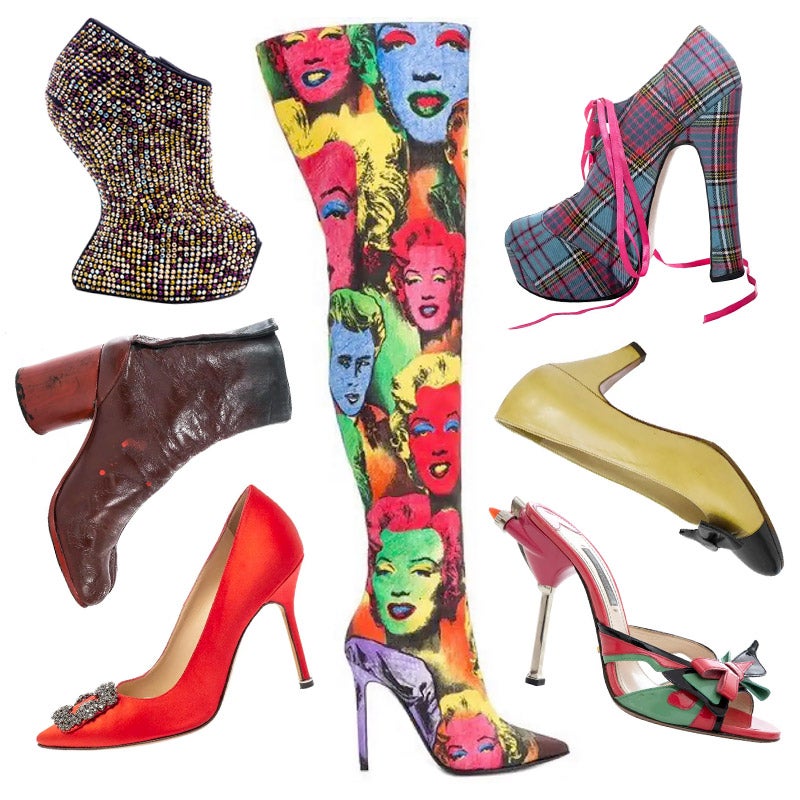
A Shoe-Lover's Guide
We take a look at the classic, creative and utterly kookie styles that have driven collectors to obsession.
A Shoe-Lover's Guide
by Heather Haber
1940s Peep-Toe Platform Heels
Thanks to their sex appeal, height and indisputable drama, platform heels have always been the shoe of choice for stars of stage and screen. Sirens such as Veronica Lake and Rita Hayworth were fans, and Portuguese-Brazilian performer Carmen Miranda so loved the style that she created her own collection of platform shoes. Which leads us to these Brazilian platforms — alas, not from Miranda’s line, but fit for a showgirl nonetheless. In a graphic black and white piano theme with a row of cutout keys along the toes, they give a new meaning to kicking up your heels.
1968 Christian Dior Velvet Pumps
The ’60s saw a fashion revolution like none other. From the prim styles of the 1950s to the rebellion of the late-’60s hippies, the changes were more than just trends — they represented an upheaval of social mores. As the mods were expressing their countercultural ways through rebellious dress, their new silhouettes and expressions infiltrated the collections of Paris’s most elite designers (see, it always trickles up from the street). Exhibit A: this refined expression of the era’s popular pilgrim pump, merging the androgyny of the mods with the previous decade’s ladylike elegance. The velvet also reflects the youthquake’s influence — velvet, which began its 1960s resurgence in bohemian apparel, became elevated to ladylike elegance.
1970s Glam Rock Platform Boots
What would glam rock be without the fashion? As one of many music movements defined by its sartorial approach, we can’t separate the sound from the style. It began in England in the early 1970s, a decadent, androgynous and campy revolt against the earnest folk and mainstream rock of the 1960s. Think David Bowie and Roxy Music. The shoe of choice for every self-respecting glam rocker was the platform boot, an evolution of the platform shoe that had gained favor in the late ’60s. The higher the better, with wild flames, stars and lightning bolt motifs. These ones, in black with red and yellow stripes, were made in Great Britain just like all the great glam rock bands — and will definitely attract attention wherever you go.
1980s Chanel Two-Tone Pumps
Before Coco Chanel began the vogue for wearing black, it was a color only for servants and mourners. She was also a proponent of beige for its neutral, subdued quality. When her Two-Tone shoes debuted in 1957, Chanel called them “the height of elegance” and the press described them as “the new Cinderella slipper.” The beige portion was meant to elongate the leg and the black toe was designed to shorten the foot (an effect obviously created at the time for light complexions — but the style looks chic on any skin tone). Throughout the years, the shoe has been introduced in many versions; this pump from the 1980s has the sensible heel favored by the era’s working women plus the bow that was a favorite embellishment of the time.
1992 Gianni Versace Pumps
You can’t imagine the heyday of Versace without recalling the era-defining supermodels of the 1990s: Claudia Schiffer, Linda Evangelista, Helena Christensen, Carla Bruni, Stephanie Seymour, Cindy Crawdord and Naomi Campbell. They all walked the runway in Versace’s spring/summer 1992 show, with Campbell wearing a pair of these gold pumps festooned with seashells and the house’s Greek key motif. The “trésor de la mer” (under the sea) theme would be featured again for spring 2018 in Donatella’s tribute to her brother on the 20th anniversary of his death; and again in her spring 2021 show, a fantasy of re-emergence after a life in pandemic lockdown.
1993 Vivienne Westwood Tartan Lace-Up Platforms
The most famous pair of shoes in Vivienne Westwood’s fall/winter 1993 fashion show were the platforms that precipitated Naomi Cambpell’s infamous tumble on the runway. These tartan platforms, while only slightly less vertiginous, are just as dramatic and sculptural. Westwood was credited with igniting the punk movement in the 1970s, and this show, entitled Anglomania, expressed her forte: merging subcultural style with aristocratic fashion in a uniquely British duality. The designs also spoke to the conversation between French and British dressing: “On the English side we have tailoring and an easy charm,” Westwood once said, “[and] on the French side that solidity of design and proportion that comes from never being satisfied because something can always become more refined.”
1995 Margiela Tabi Boots
There has perhaps been no shoe of the late 20th century more divisive — literally and figuratively — than this split-toe style based on Japanese socks that emerged during the 15th century. When Belgian designer Martin Margiela unveiled the Tabi at his debut show in 1988, it provoked an uproar, thanks to its polarizing aesthetic. The house’s website describes the shoe as “A ‘heritage classic’ of the Maison, which perfectly captures its avant-garde and insubordinate spirit.” Indeed, they are a classic that’s not going anywhere — as recently as 2019, 31 years after their introduction, GQ announced it was the year of the Tabi. They’ve been spotted on boundary-pushing celebrities including Chloë Sevigny, Rihanna, Hunter Schafer and Cardi B. A nude pair with a slimmer heel even popped up on the otherwise conventionally styled Lilly Collins in 2020’s hit series, Emily in Paris.
2007 Christian Dior Haute Couture Samurai Heels
Fashion obsessives consider the era of John Galliano at Christian Dior to be the house’s most iconic (other than that of M. Dior himself). From 1996 through 2011, Galliano presented theatrical shows of fantastical creations with historical and global influences. His spring/summer 2007 couture collection was inspired by Madama Butterfly — Puccini’s 1904 opera about a Japanese girl who falls in love with an American naval officer — featuring models in geisha-like gowns replete with origami folds and accessorized by fans and lanterns. Their dizzying platforms took a cue from geta, the wood-soled elevated sandals that became popular during Japan’s Heian Period (794-1185), when geishas and others wore them to prevent their kimonos from getting dirty. Here, a pair of Galliano’s extraordinary heels in fuchsia with lavender laces are anything but practical. But with the 2021 zeitgeist for all things comfortable, what could be more rebellious than a little fashion fantasy?
2011 Alexander McQueen Leaf Wedge Sandals
Only a year after the tragic death of Alexander McQueen, Sarah Burton, who’d worked by his side for 15 years, received worldwide renown for designing Kate Middleton's royal wedding dress. It was the same year she debuted her first spring collection for the house, receiving widespread praise — a laudable feat when following in the footsteps of one so legendary as McQueen. The show married deshabille and meticulous tailoring in a majestic celebration of nature’s cycles — unfurling leaves and emerging butterflies. The looks were grounded by edgy-elegant shoes, including these sculptural wedges of carved resin with leather details. At once substantial and airy, they capture the paradox that was so intrinsic to all McQueen designs, and so adroitly sustained by Burton.
2016 Gucci Peggy Platform Sneakers
If you’ve read this far — or you are shoe connoisseur — you already know that platform shoes were popularized by Salvatore Ferragamo in the 30s and 40s. But the platform sneaker came later — 1976, to be exact. That year, Charles Ludlam, founder of the Ridiculous Theatrical Company, produced a play called Caprice that satirized fashions of the day, including platform heels and boots. He took the trend to new heights by adding towering soles to sneakers. These casual platforms would appear again in the ’80s on Norma Kamali, and be fully resurrected in the early ’90s by club kids (who were, in fact, reviving the ’70s). And if that isn’t proof that all things vintage return to fashion, Gucci turned out its own dizzying platform in 2016, incidentally nodding to another Italian house of luxury that started the craze.
2008 Manolo Blahnik Hangisi Pumps
So many fashion trends got their start with the endorsement of Sex and the City’s Carrie, including these classic pumps with square crystal buckles. Actually we can thank Mr. Big for this one — with these shoes (a blue version, natch), he proposed to Carrie in front of the shoe rack in the enormous closet where presumably these Manolos would soon reside. Equally stunning in red, the Hangisi’s name means “which one” in Turkish, but its inspirations are many. Mr. Blahnik has noted that the buckle was based on those of high-society women he saw in the paintings of Giovanni Boldini. He also cites the Emperor Napoleon I, Josephine and Pauline Bonaparte as influences. “I adore this era in history and the opulent ways in which the family dressed,” he has said.
2017 Versace Pop Art Boots
2017 marked the 20th anniversary of Gianni Versace’s shocking murder as well as a celebration of his sister Donatella’s subsequent resilience and success as creative director of the house of Versace. With her spring/summer show that year, she paid tribute to Gianni with a collection that referenced the brand’s most beloved designs — including these spectacular boots with a print from a Versace dress. The original 1991 evening gown, in the archives of the Met, was inspired by Andy Warhol and his pop art celebrity portraits. Versace was close with Warhol and collected his work; they both had an astute appreciation for contemporary culture. Warhol even made a portrait of Versace — prompting the droll question from Truman Capote, “Gianni, why did you pay so much for a Polaroid?”
2017 Louis Vuitton x Supreme Sneakers
In 2000, Louis Vuitton sent Supreme a cease-and-desist order after the New York skate brand dropped a collection featuring a motif that was a dead ringer for the French luxury house’s monogram. Louis Vuitton demanded that Supreme burn the unsanctioned skate decks and T-shirts to prevent further distribution. But the seed had been planted; this unauthorized partnership may have inspired LV’s subsequent — and super-successful — collaborations with Stephen Sprouse, Takashi Murakami and Yayoi Kusama. So, it was a little ironic but not so surprising when the two companies released co-branded designs under the reign of LV artistic director Kim Jones in 2017. These sneakers from the collab illustrate the synergy that happens when luxury and streetwear link up.
2013 Christian Louboutin So Kate Pumps
Look up street style photos of Kate Moss from the 2010s and you’re likely to see one particular sky-high, low-cut, needle-heeled pump worn with jeans and cocktail dresses alike. These vertiginous heels are Christian Louboutin’s point-toe stiletto named for the supermodel herself: So Kate. The style is similar to Laboutin’s iconic Pigalle but has an even steeper pitch, more pointed toe and thinner, 120mm (5 inch) heel. It’s not necessarily a shoe to run errands in (although Kate makes it look quite effortless). But with its glamorous silhouette and Louboutin’s famous toe cleavage, this heel is undeniably one of the century’s sexiest.
2012 Prada Tail Light Sandal
Miuccia Prada can’t just make pretty things for the sake of making pretty things. Beneath the surface of her designs, there is always a metaphor, a social commentary, a sharp critique. So it was with her spring 2012 Prada show entitled “Women and Car Engines” — a parade of sweet, 1950s-inflected ready-to-wear punctuated by vintage auto-inspired kitschy heels. It was quirky and cheerful — but it was also a reference to the way women can be objectified, like cars. The shoes, which were dubbed “Hot Rods,” became an immediate hit, with leather flames and polished chrome accents. This model, with tiny tail lights and heels like miniature exhaust pipes, is sure to get your motor running.
2012 Guiseppe Zanotti Wedges
A defining element of Lady Gaga’s most experimental fashion looks — meat dress notwithstanding — was the Adele wedge from Giuseppe Zanotti’s spring/summer 2012 collection. The gravity-defying shoes are a subversive cross between elegance and BDSM, but their inspiration comes from Mid Century furniture design, namely Verner Panton's classic 1967 "Panton" chair, The challenge was “to reach the perfect balance between suspension and stability, in total absence of the heel” said Zanotti. “A shoe that becomes a natural extension of the foot.”
2021 MSCHF & Lil Nas X “Satan” Limited-Edition Nike Air Max Sneakers
On March 29, 2021 Lil Nas X set the internet on fire when he dropped 666 pairs of Satan shoes — customized models of Nike Air Max 97 sneakers — in collaboration with Brooklyn streetwear company MSCHF. They were purported to contain a drop of human blood (from MSCHF employees) mixed into the red liquid encapsulated in the midsole, and feature a pentagram pendant and “Luke 10:18,” a biblical verse that references the devil’s fall from heaven. Despite the macabre theme, the sneakers sold out in less than a minute. Soon after, Nike filed a lawsuit for trademark infringement. As part of the legal settlement, MSCHF agreed to voluntarily recall the shoes. It would all turn out to be a genius way to generate hype for the release of Lil Nas X’s devilish video for his song “Montero (Call Me By Your Name).” The video has gotten more than 335 million views since it hit YouTube.
2016 Rihanna Fenty X Puma Creeper Sneakers
Since the 1950s, creepers — inspired by crepe-soled army boots worn by WWII soldiers — have been worn as a signifier of various musical subcultures. From Teddy Boys to ska and punk fans; from psychobillies to goths — the casual oxford with the ridged platform has been shorthand for cool. No wonder, then, that Rihanna took the underground mainstream and turned out her own pair when she joined Puma as a creative director in 2014. The Basket Classic style with a creeper-style midsole dropped in September 2015 and sold out in three hours. In 2016, it was named Shoe of the Year by Footwear News.
1890s A. J. Cammeyer Boots
In 1870, a women’s magazine wrote, “The foot is one of the chief points by which a woman’s social position is judged. If the feet are small, well-shod, and prettily used in walking, they add an additional charm to the appearance, and are an indication of high standing.” By Victorian standards, the original owner of these size 8.5 boots would have been considered bigfoot — but maybe her great wealth made up for it. Only the rich could afford multiple pairs of shoes, especially in a somewhat impractical color palette like this pink and gold specimen. Produced by A. J. Cammeyer, the shoemaker whose name still brandishes the building that housed his shop at 650 Sixth Avenue in New York City, these boots were uniquely ahead of the trend; metallic leather did not become common until the 1920s.
1930s Suede and Leather Heels
Since the middle of the 20th century, every era has had its competing fashion trends, giving women the opportunity to choose styles that suited them best. But back in the 1930s, shoes were pretty homogenous — they were almost always elegant, smart and most of all, practical. After all, it was the Great Depression and people had to make do with a lot less. That meant neutral shoes in dark hues that were less likely to show wear and more likely to match everything. Shoes of the ’30s shared so many characteristics that it’s simple to identify them. As a rule, women wore mid-heel oxfords everywhere (except, perhaps, for sport — although even “athletic” shoes often had a low, square heel). Often in suede with leather accents in two-tone colorways, they typically had thick straps, decorative stitching and seams, and multiple-piece construction. These brown and black T-straps check every box.
1940s Peep-Toe Platform Wedges
When the sale of leather shoes was banned in France in 1940 as part of the war effort, wood became a popular substitute for making soles. And of course, whatever French women wore, everyone else wanted, too. It was perfect timing for Italian designer Salvatore Ferragamo’s new innovation: a durable wedge shoe constructed of cork and wood. Soon, the style had made its way stateside from Europe, thanks to American soldiers returning home with gifts.
This pair, in crocodile skin with an open toe, exemplifies the influence of masculine dressing on the era’s women’s fashions — sexy yet practical, ladylike yet linear.
Customer Spotlight
Fashionably Elated
"I was at the Gaultier show in Paris when this jacket came down the runway — I fell in love with it then. It makes me happy because it reminds me of that fantastic experience. And I’ve been in love with it since."
— Jeffery, Customer
Stylist Spotlight
Style Redux with Carlyne Cerf de Dudzeele

